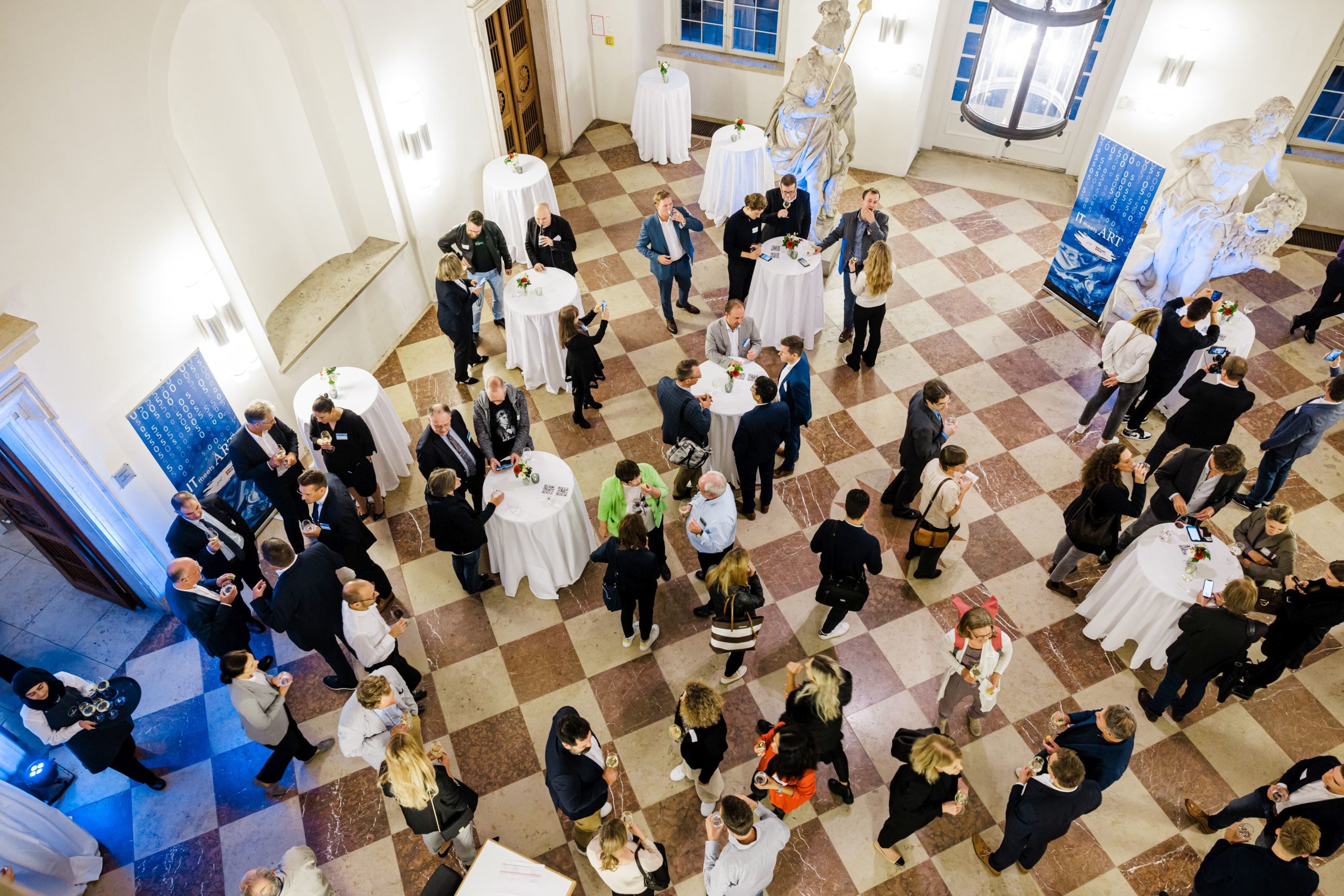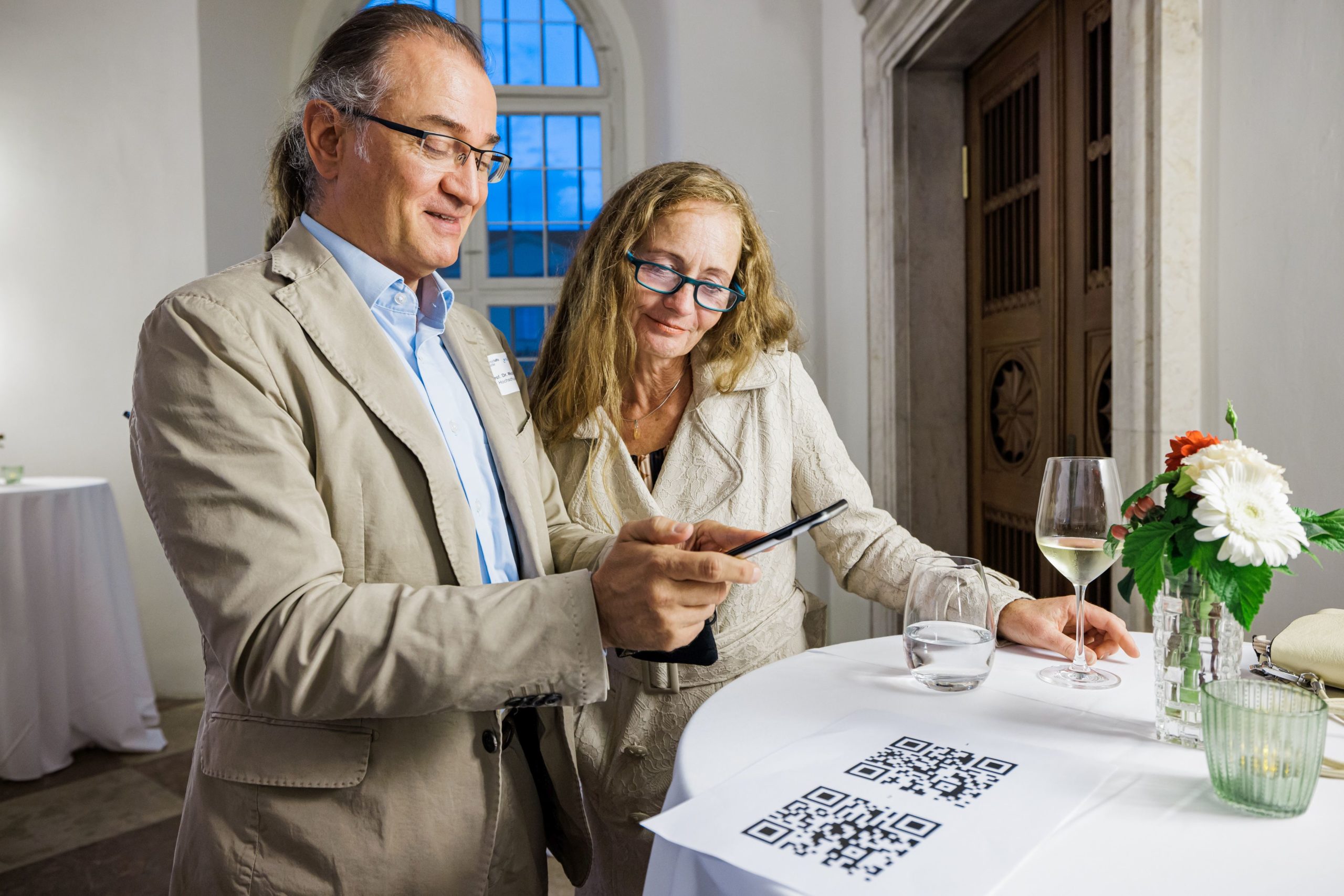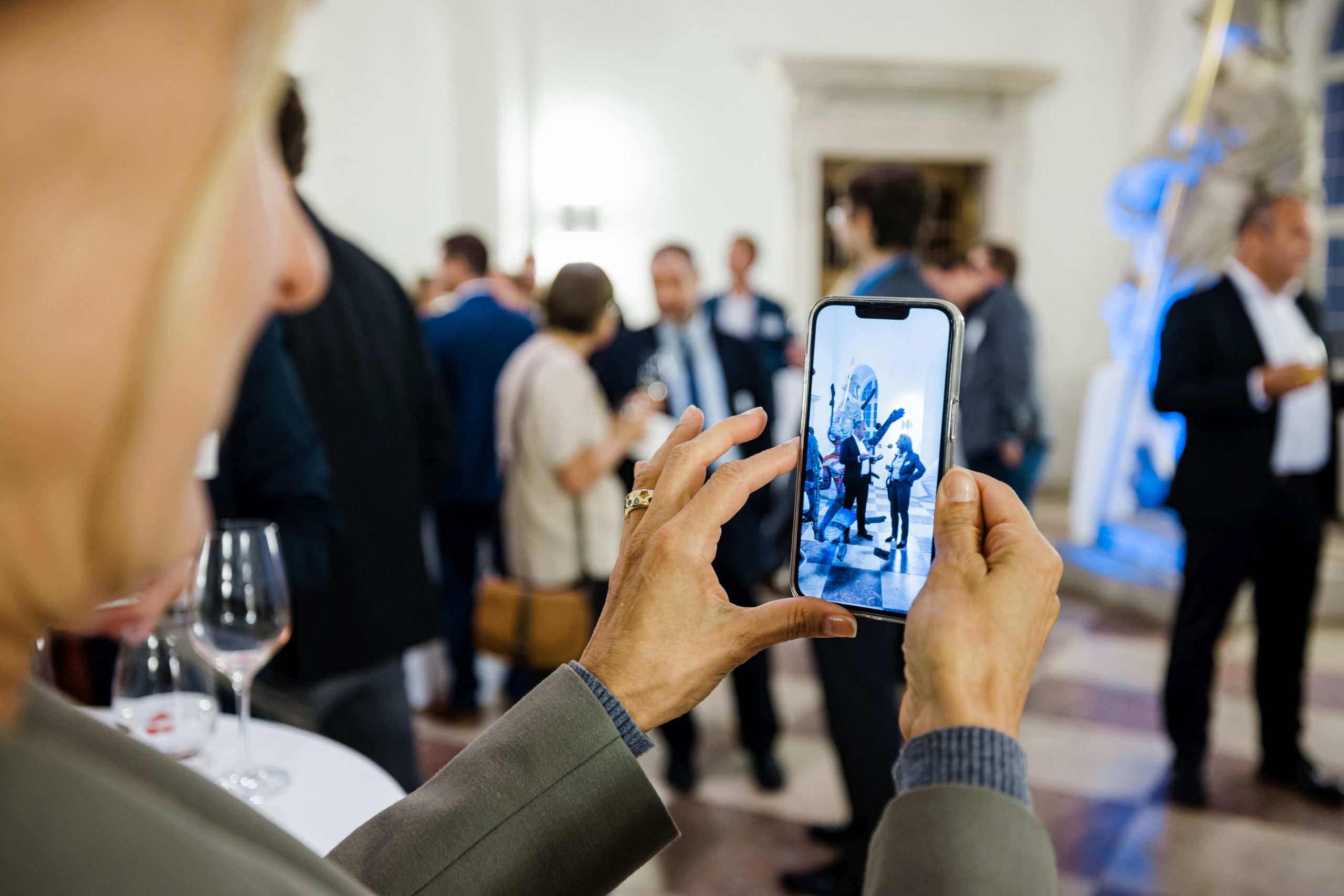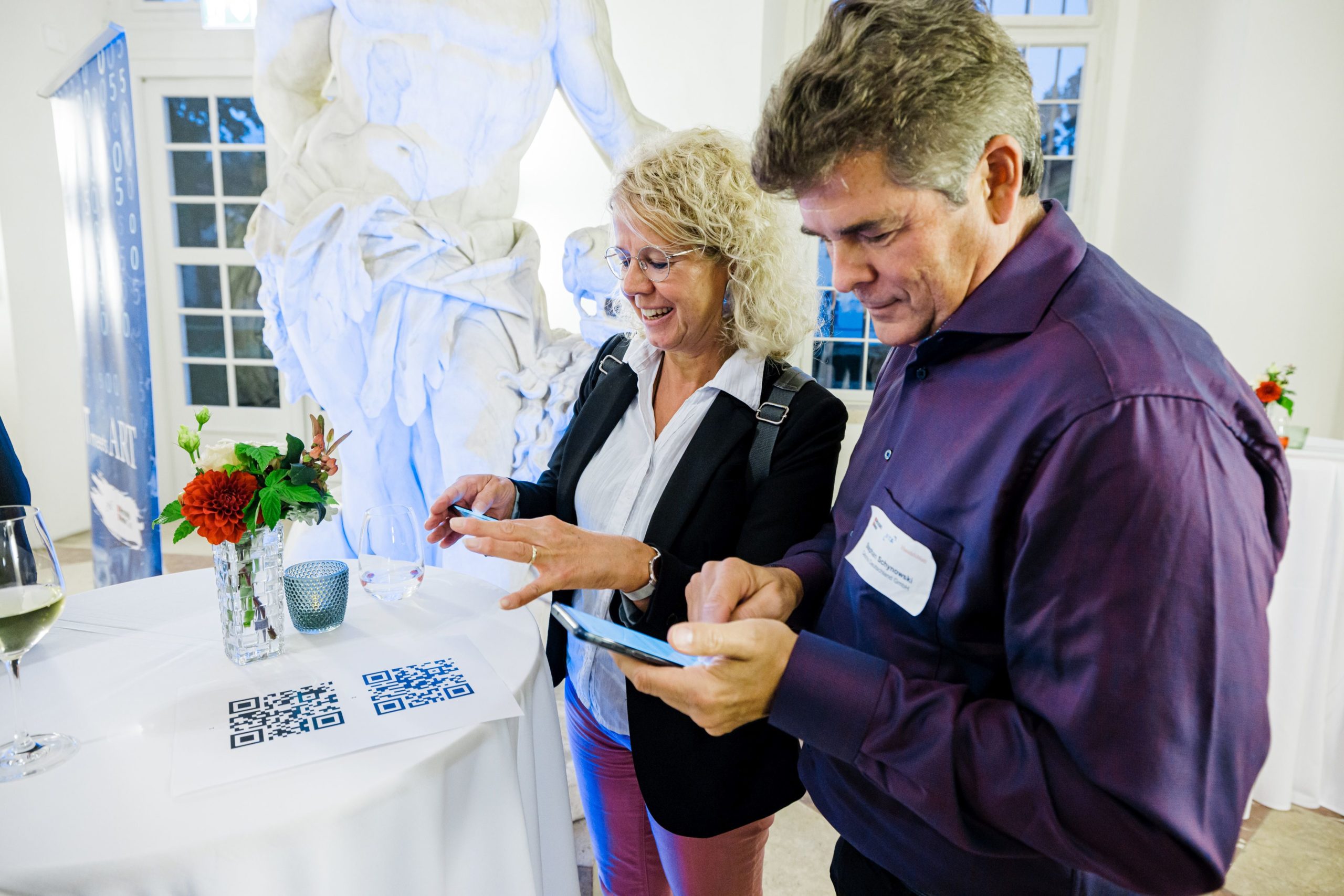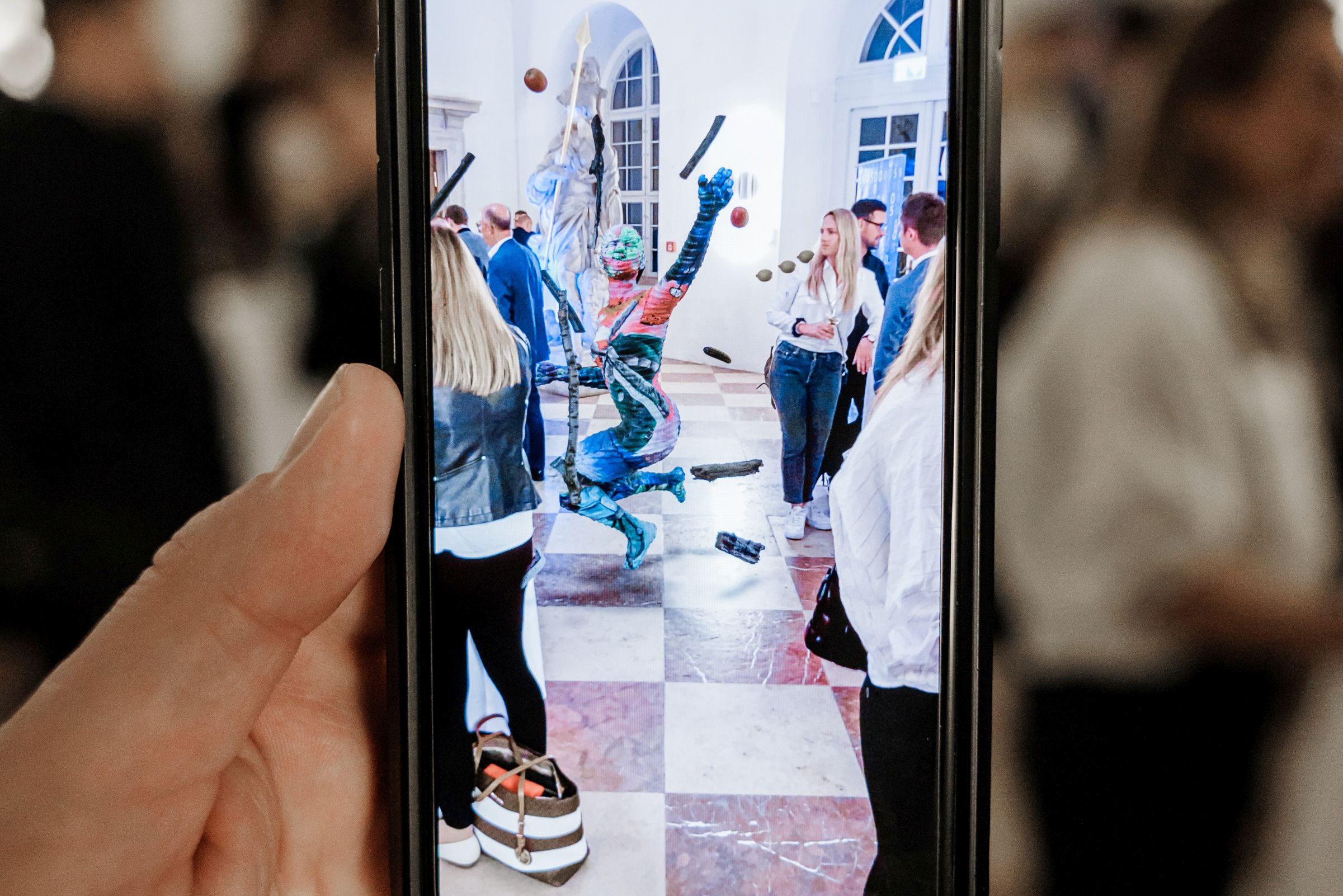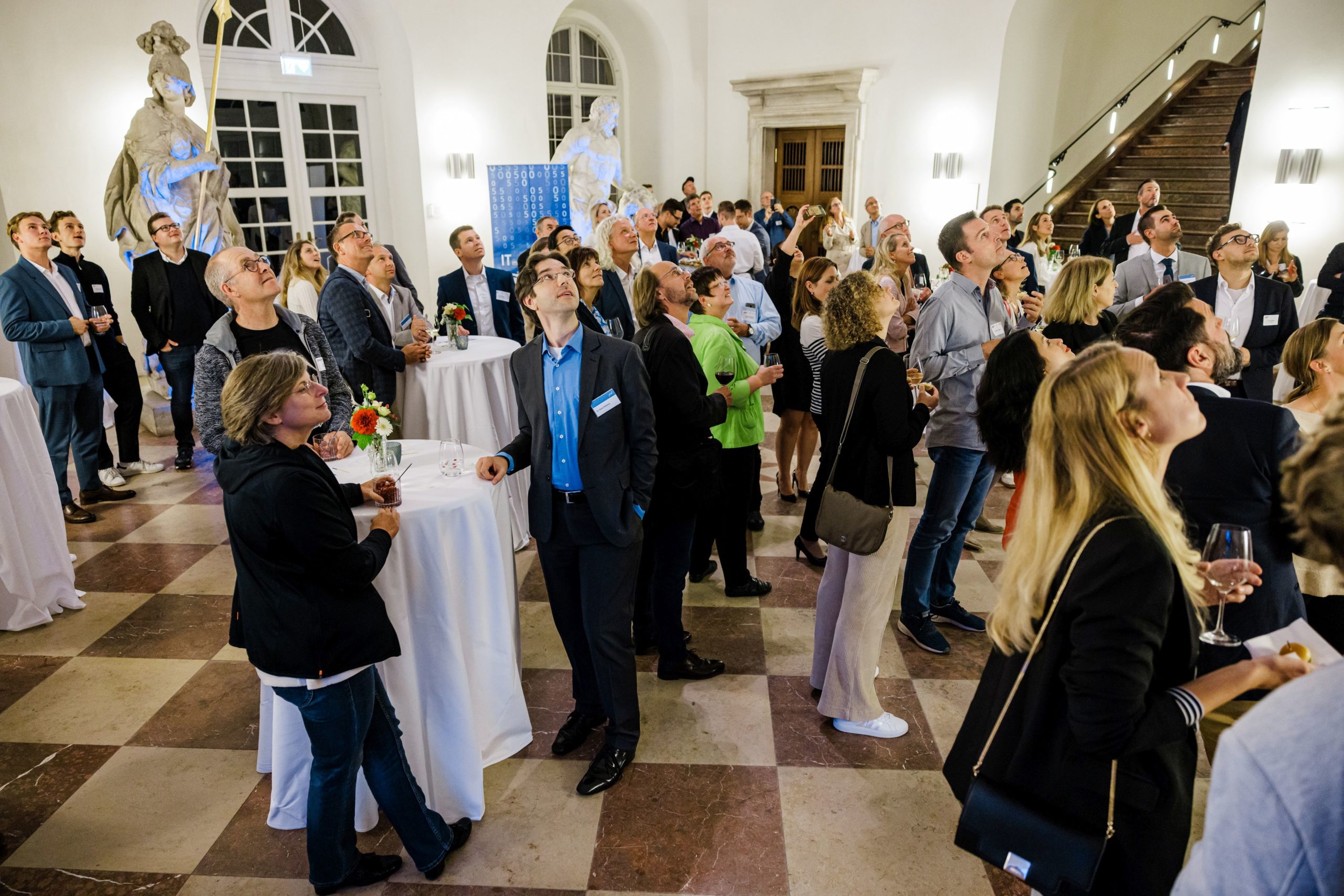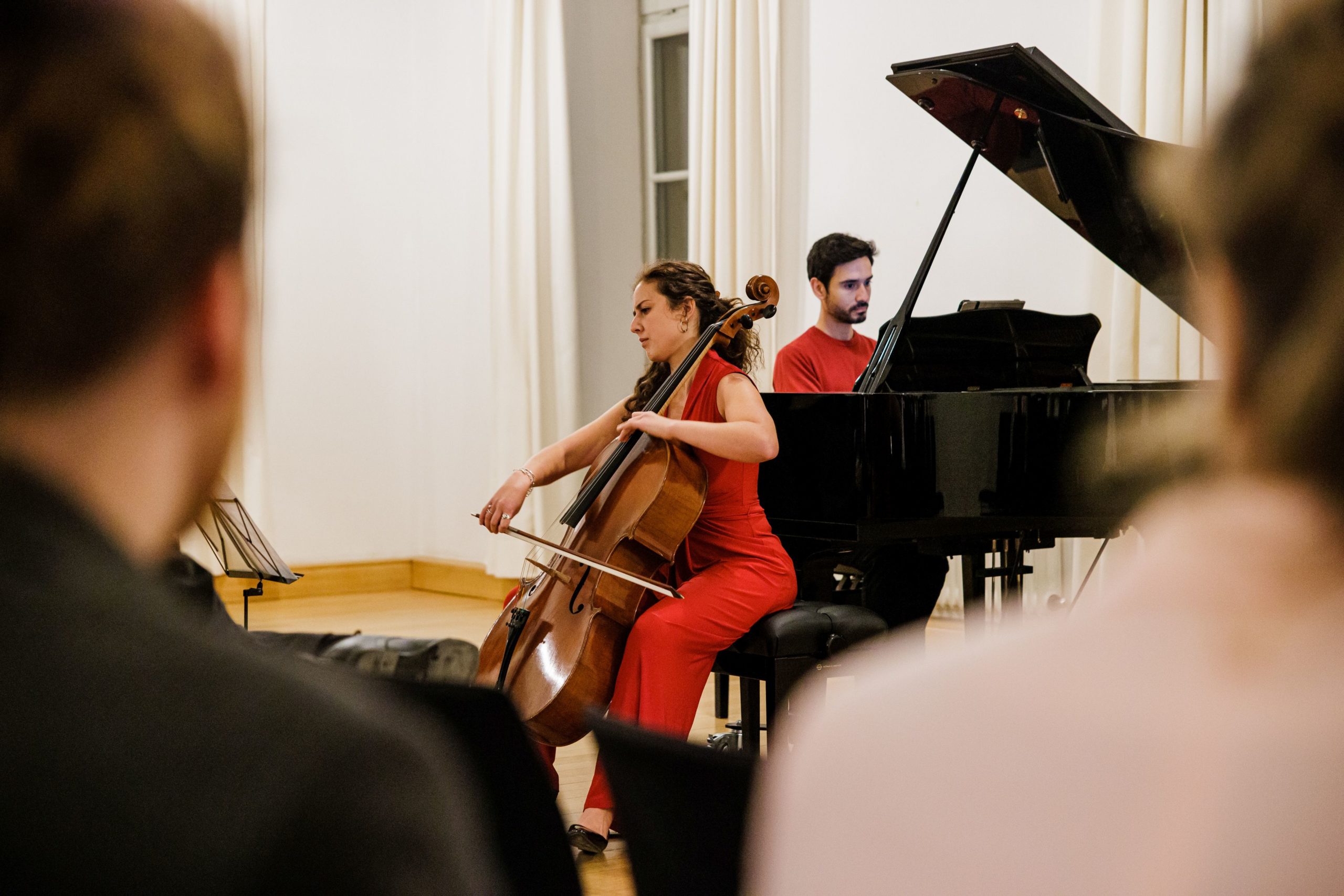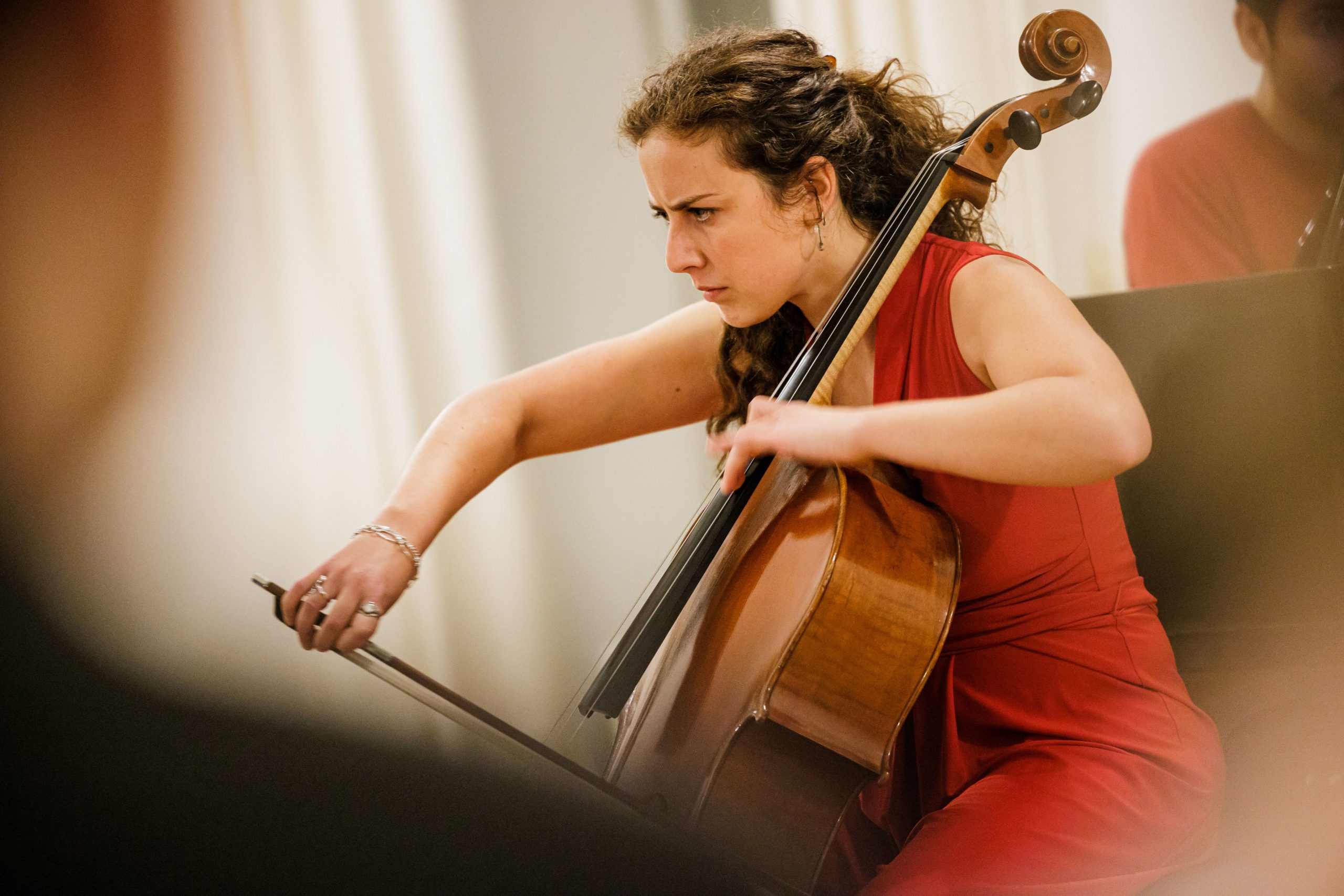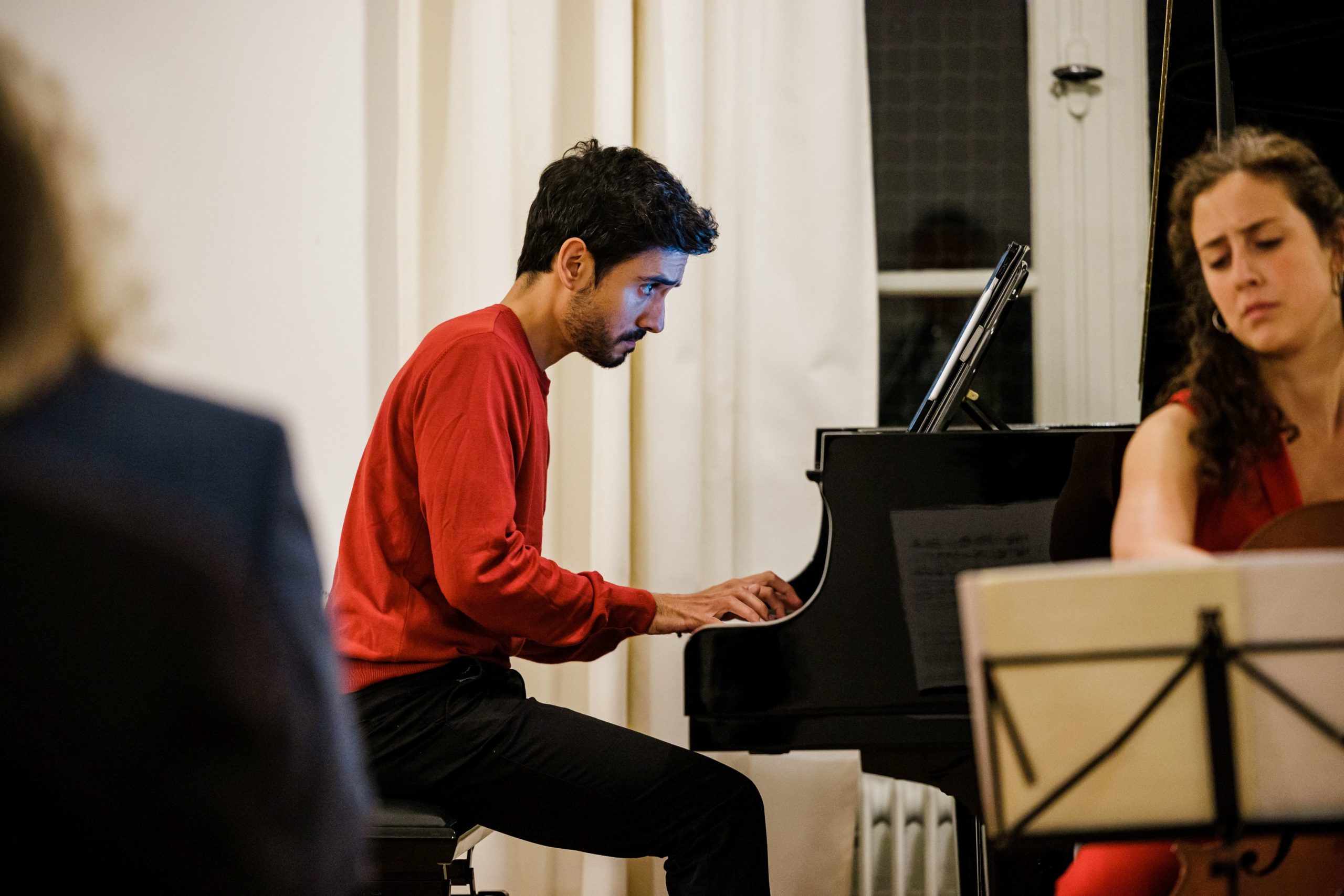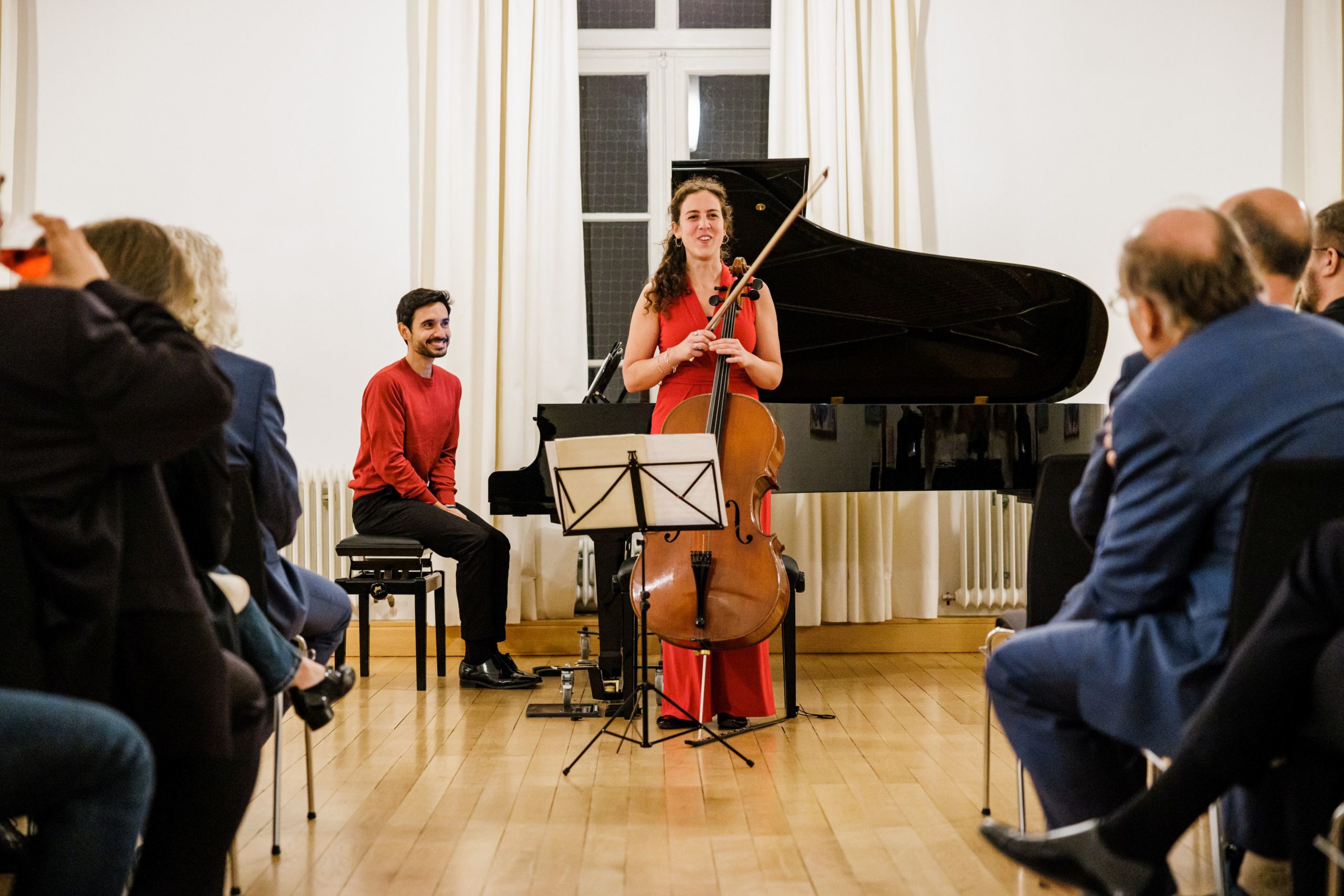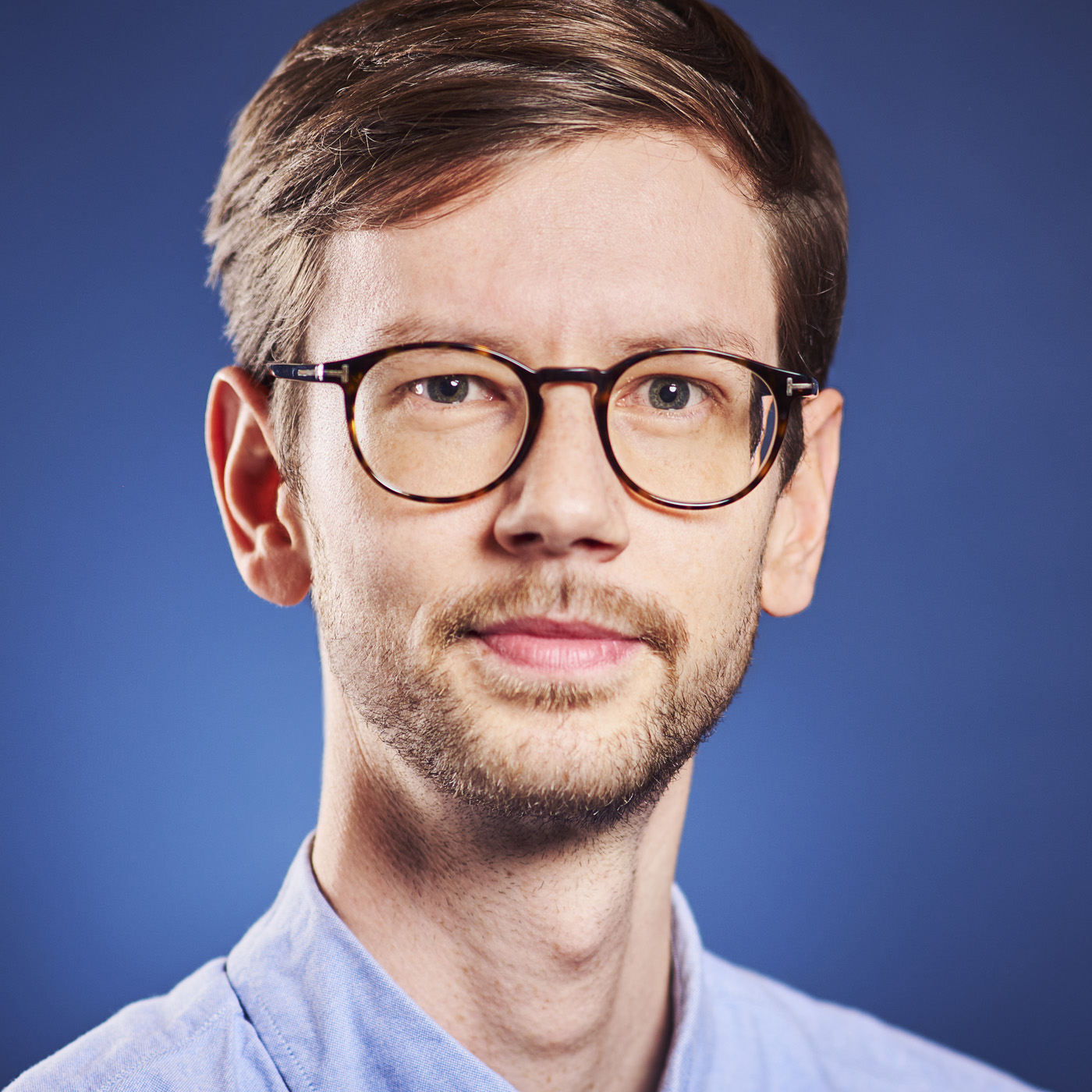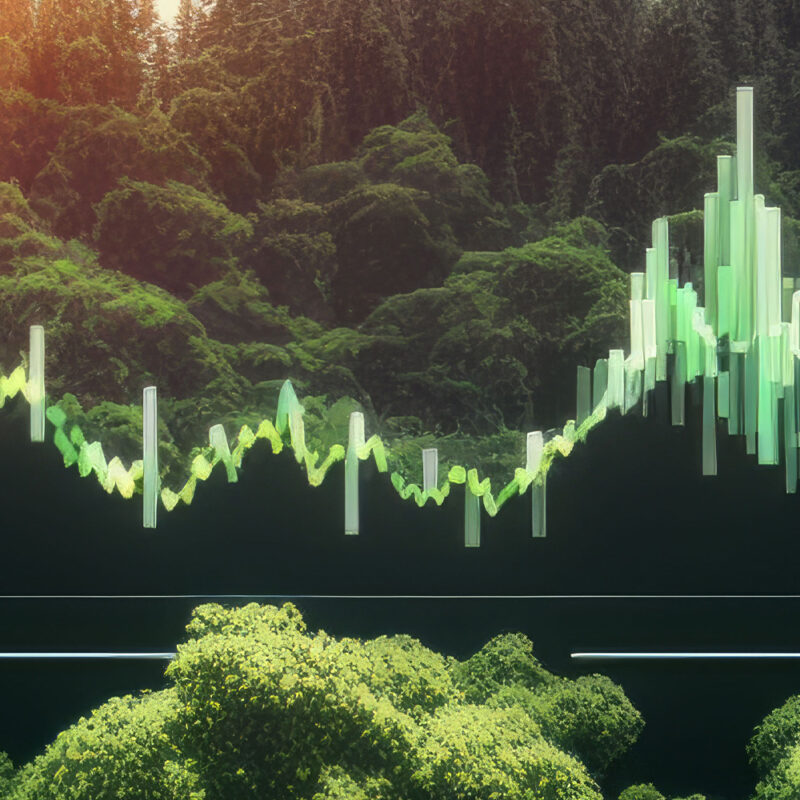Approaches for sustainable and environmentally friendly digital solutions
On September 16, it was time again: Under the patronage of Handelsblatt and WirtschaftsWoche, PTA IT-Beratung welcomed around 150 guests to this year’s “IT meets Art” – many in person for the first time since Corona and some virtually via Zoom meeting. In the historical ambience of Nymphenburg Palace in Munich, the participants attended the discussion of modern topics that shape our time in the flair of the summer residence of the electors and kings of Bavaria from the House of Wittelsbach. The focus was on digitalization and sustainability, which are currently major challenges for companies; In a lecture and panel discussion, experts discussed how technological progress and sustainable management can be reconciled. And what would IT meets Art be if it had not also built a bridge between these topics of the future and contemporary art?
Conserve resources and save CO2 with green coding
After an exclusive tour of the palace and park grounds, the participants gathered in the Orangery Hall in the early evening, where PTA Head of Business Development Dr. Frank Gredel in his exciting lecture approaches for sustainable and environmentally friendly digital solutions. Using impressive examples, he demonstrated the potential CO2 savings that can be achieved using Green Coding can be achieved. He vividly conveyed how software can be developed and operated sustainably; He discussed the scope of this approach and that this affects every single line of program in application development, because every line of code can have a huge scaling effect in heavily used software. It may have been clear to many of those present that the degree of digitization is increasing the expansion of IT infrastructure and that the operation of ever larger server farms requires more and more electricity; However, the fact that the software must not be forgotten in these considerations may have been new to a number of guests. Frank Gredel explained why, in his view, green IT, i.e. the efficient and economical operation of hardware and data centers, often from the cloud, falls far short of the mark. This is because 55 percent of the emissions caused by IT can be influenced by the underlying software; And that is precisely why Green Coding makes a valuable contribution to achieving climate goals and sustainability.
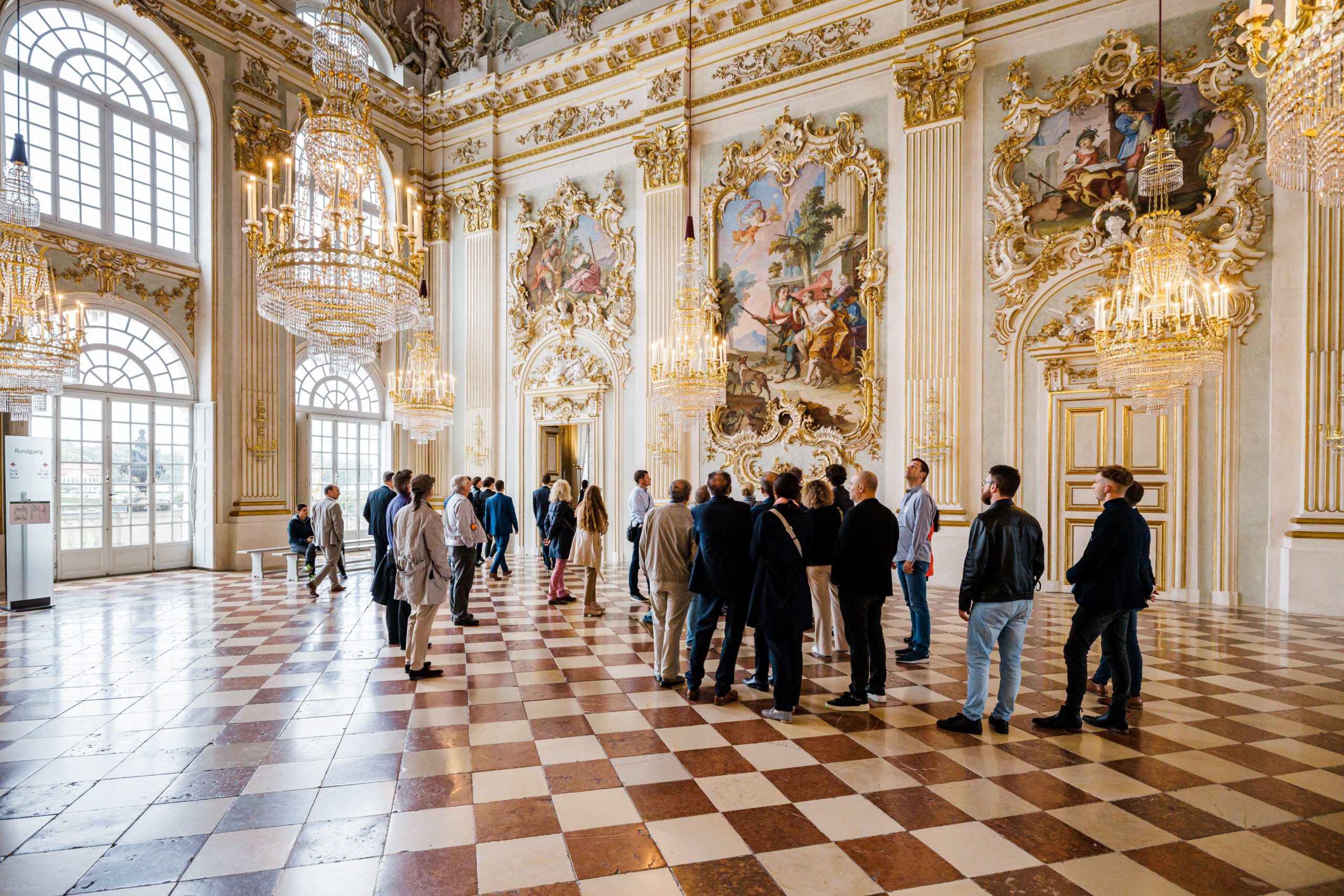
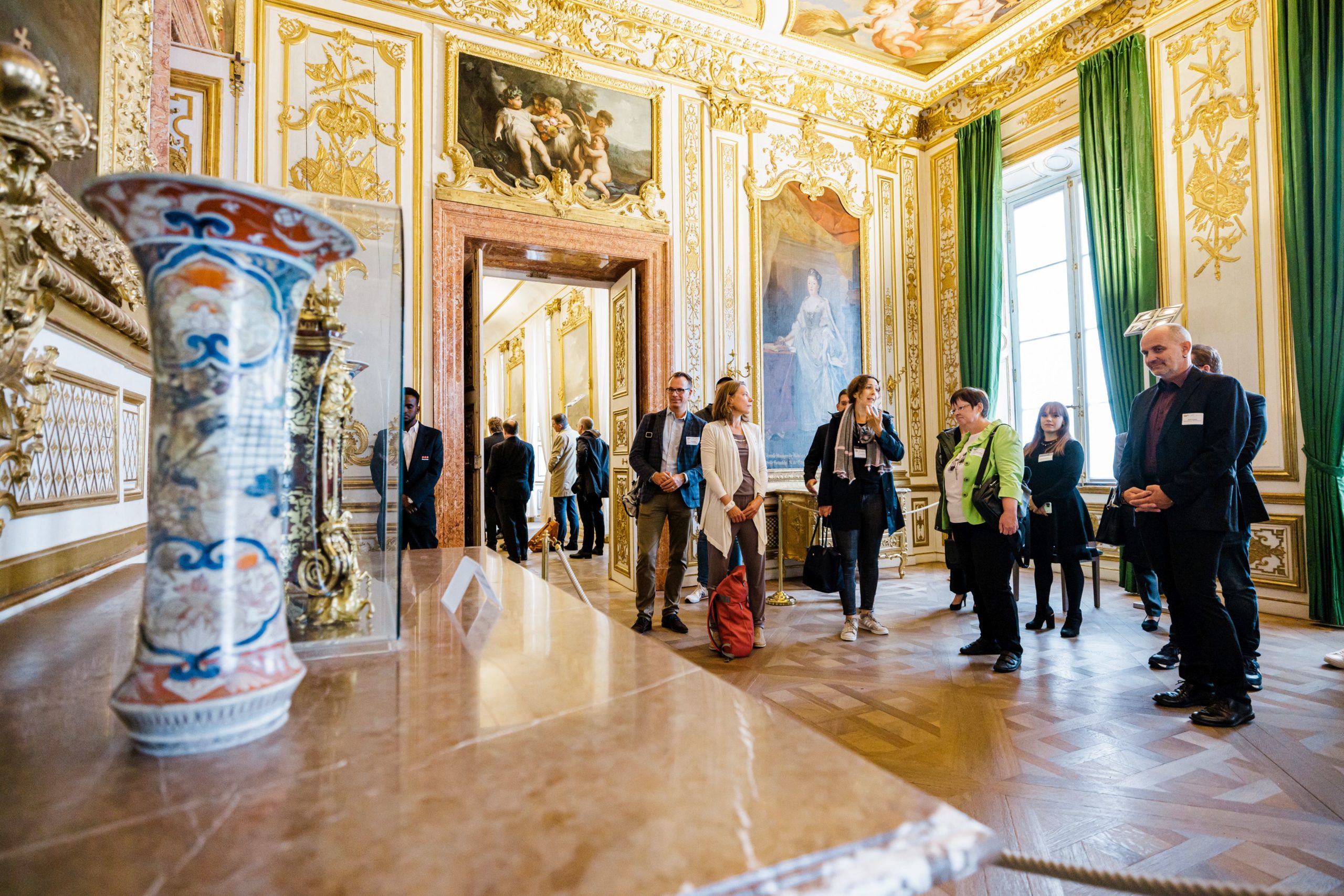
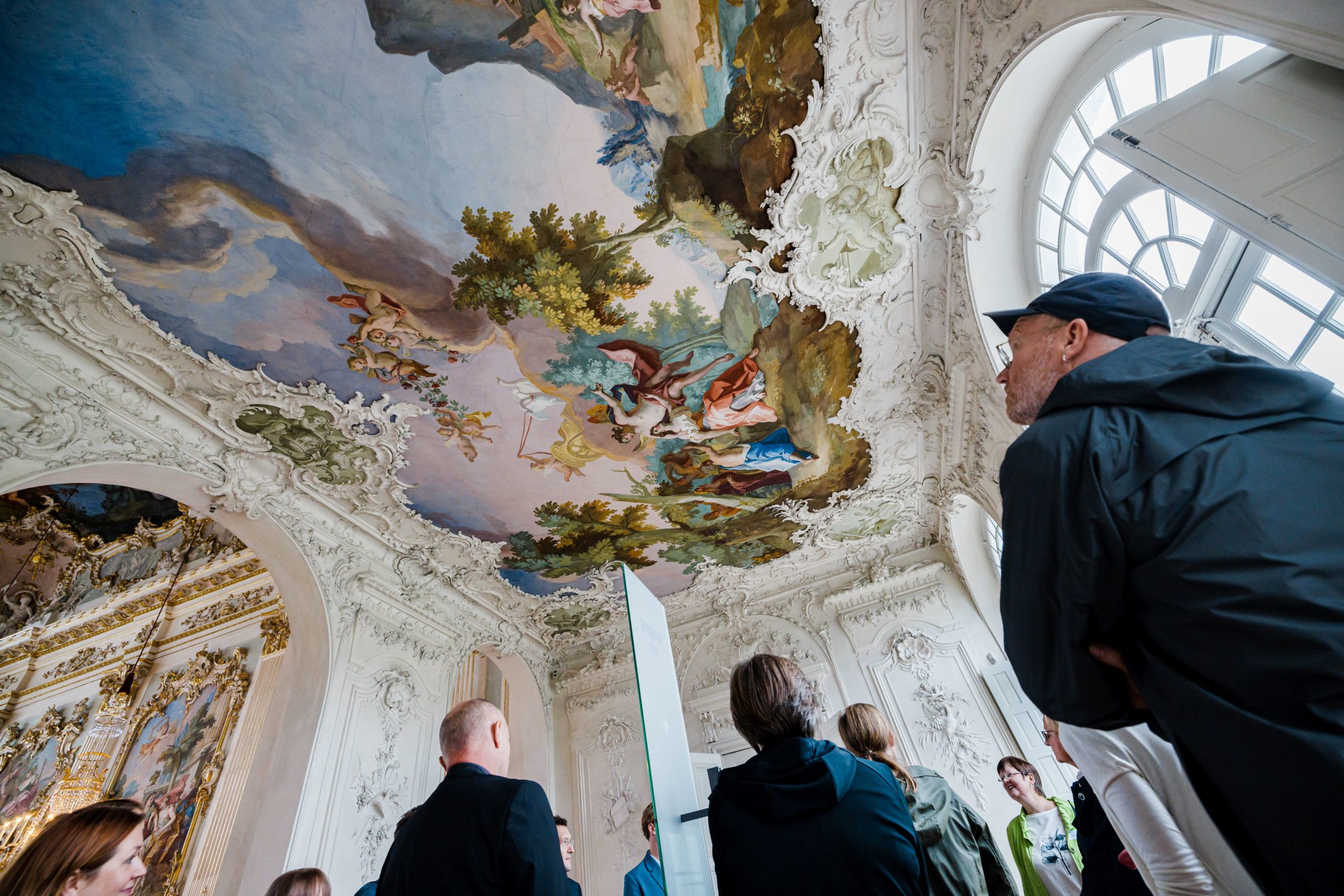
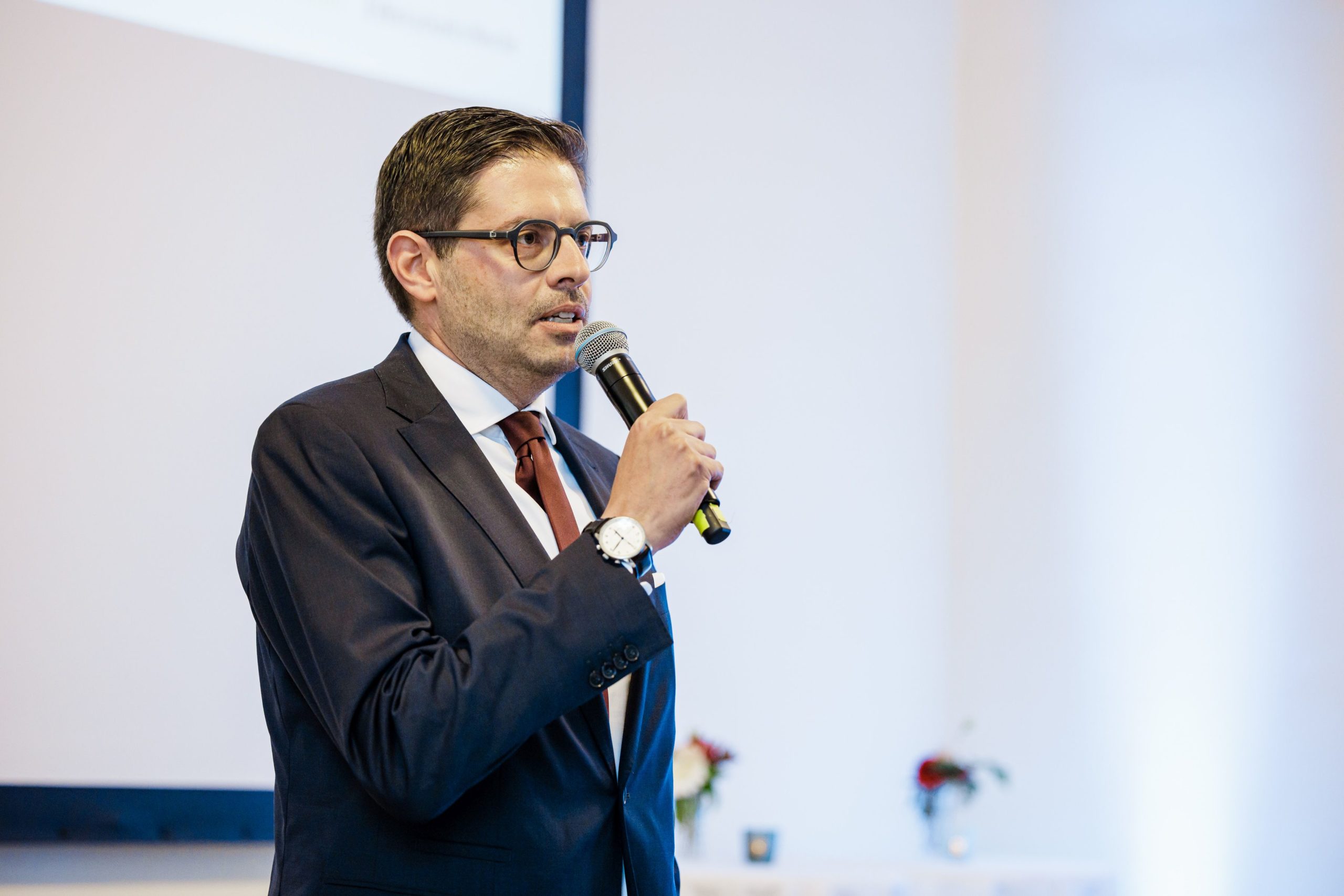
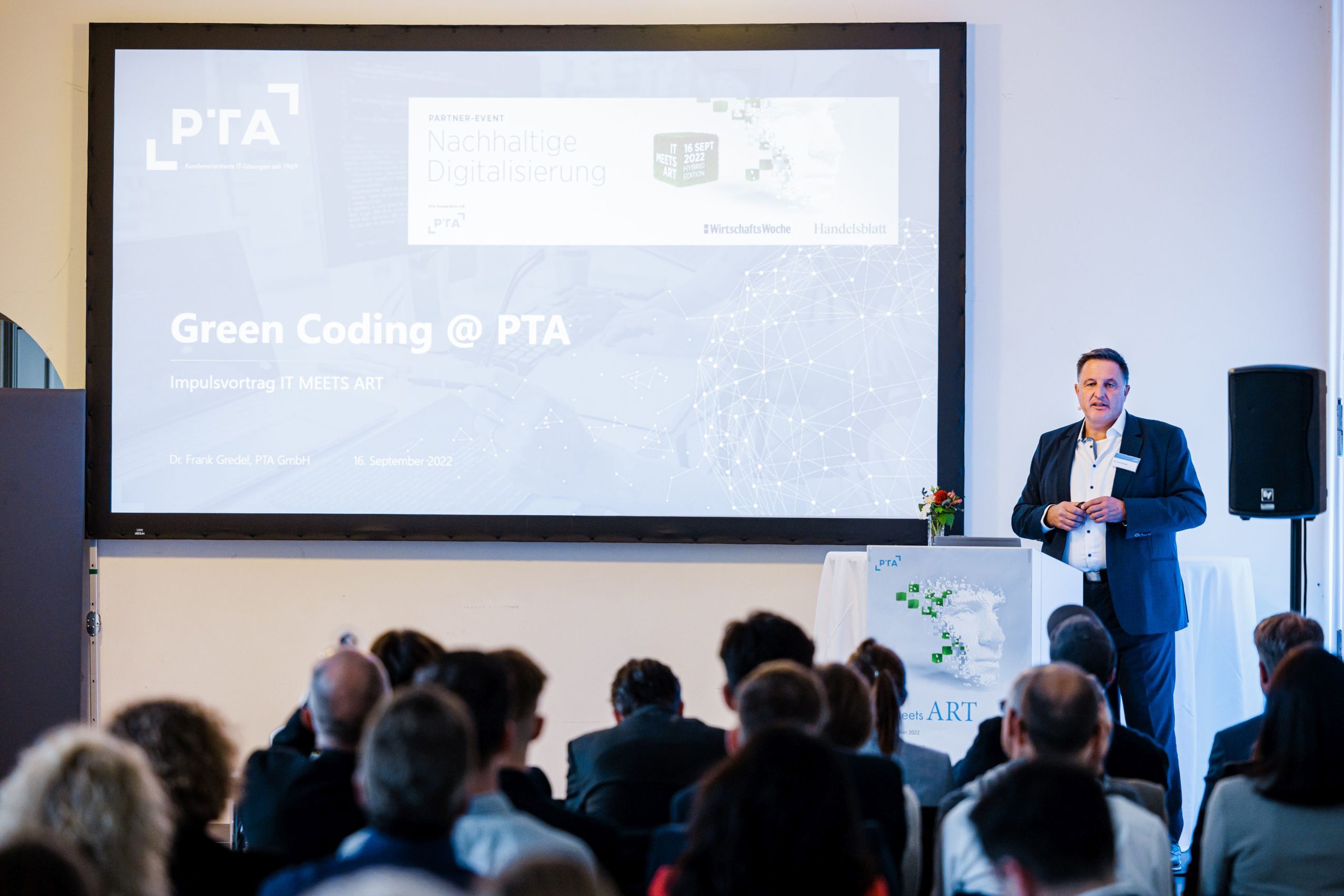
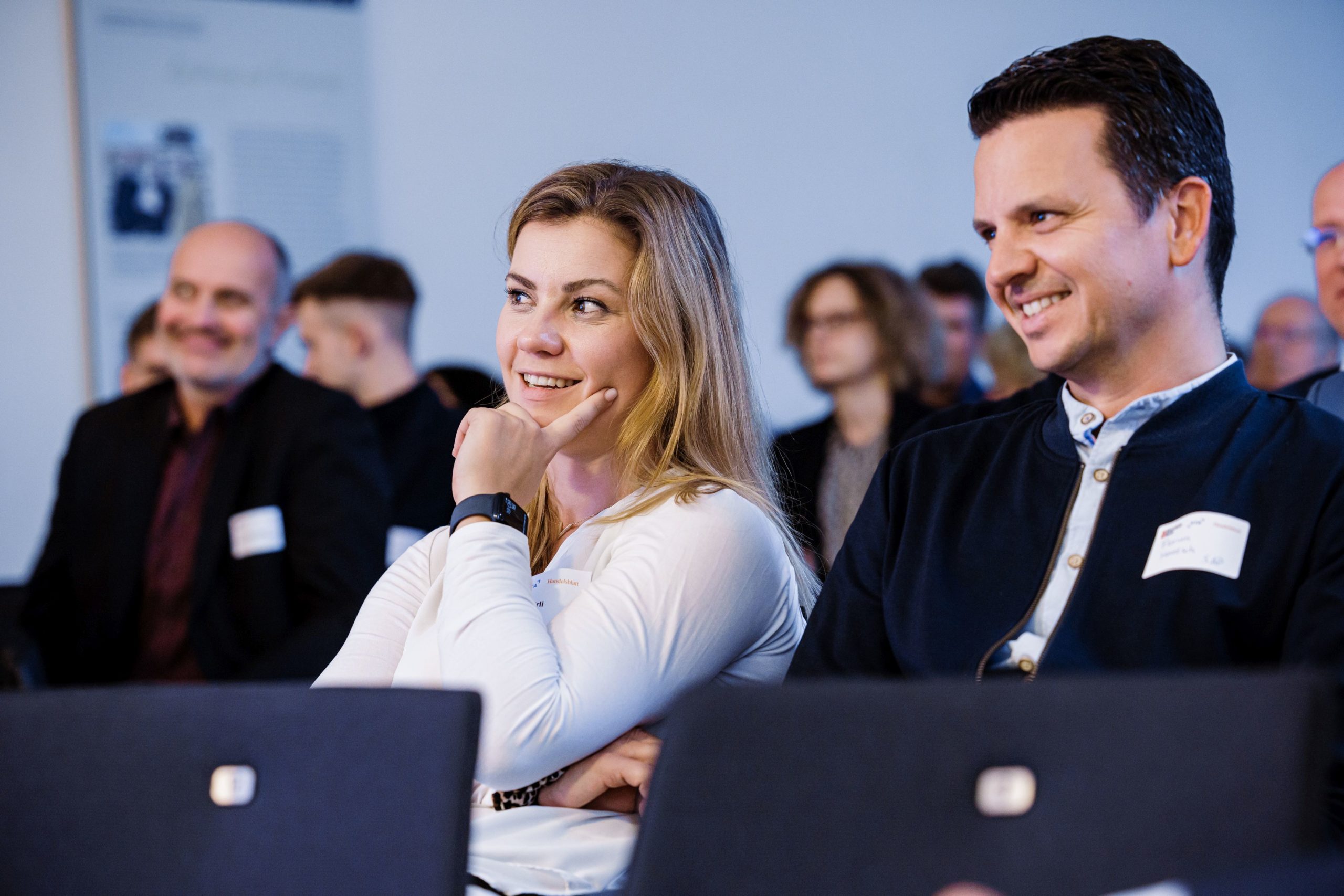
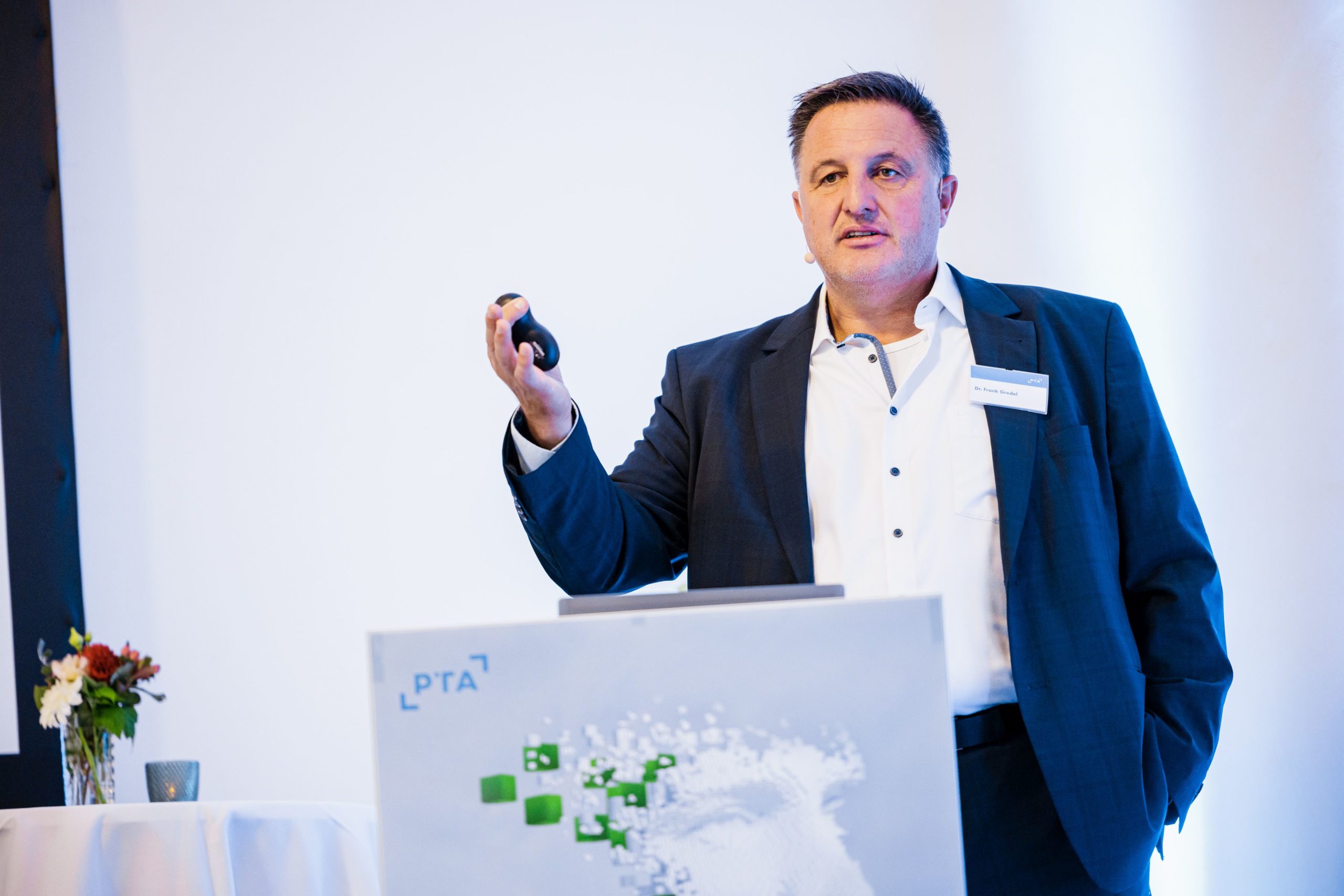
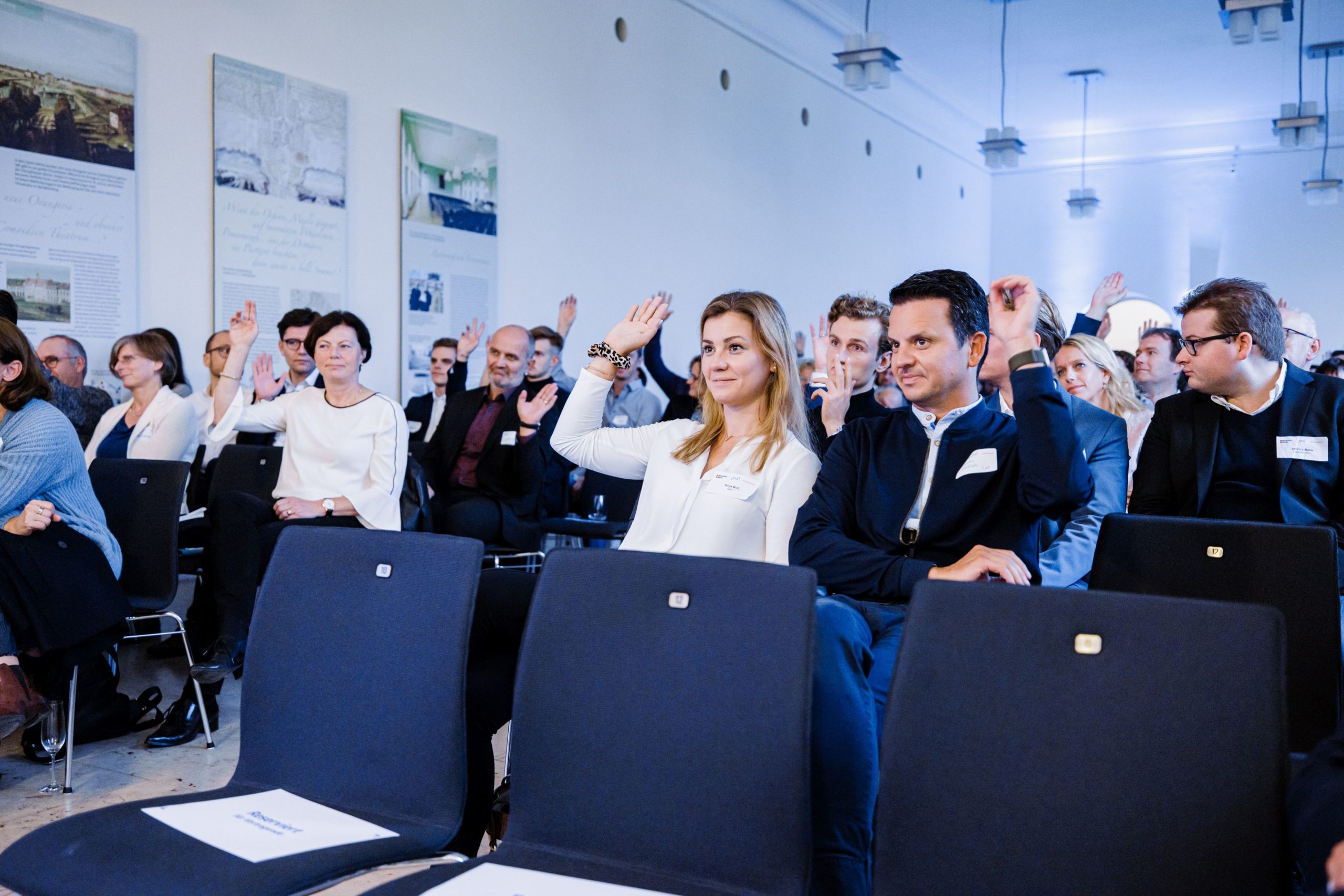
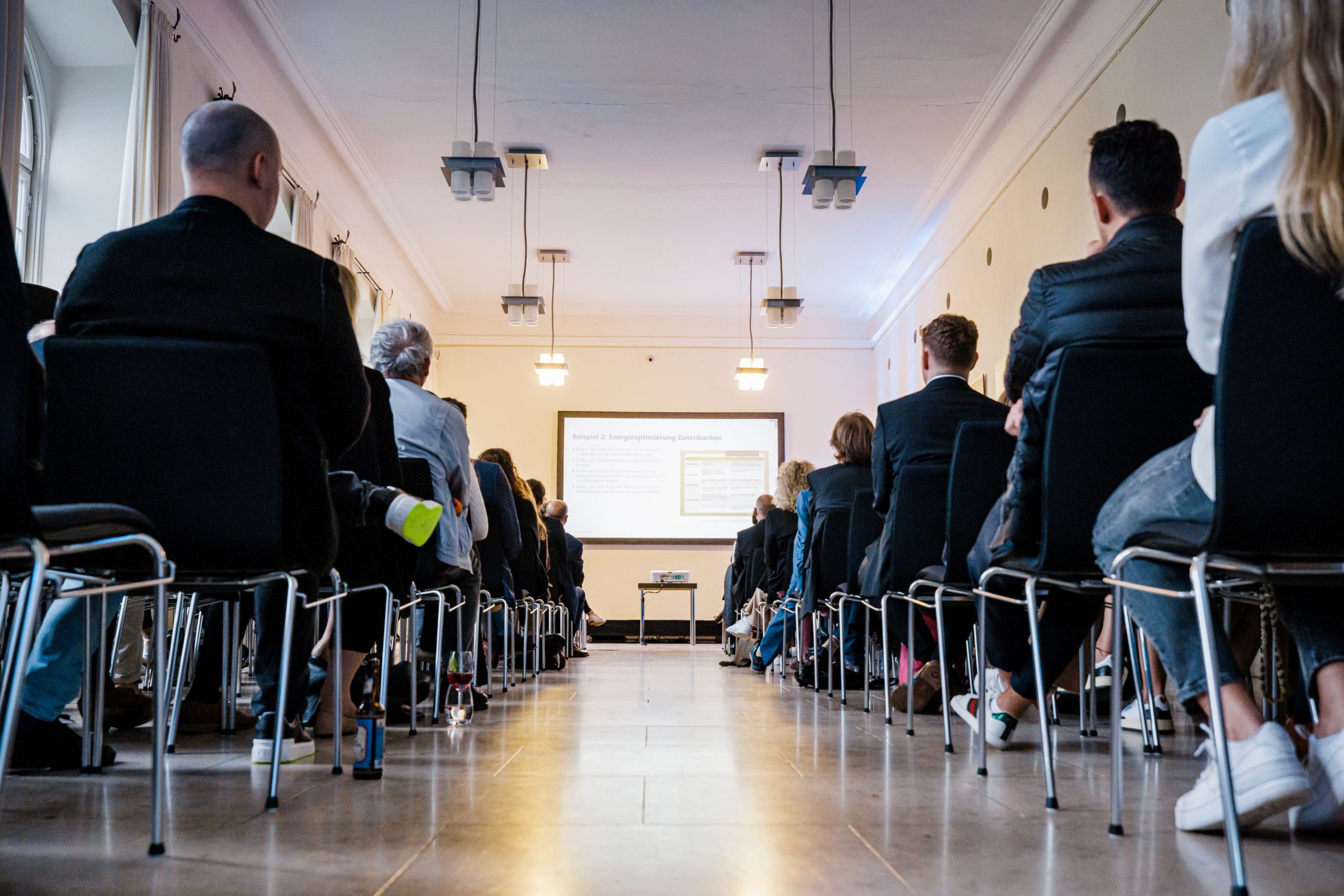
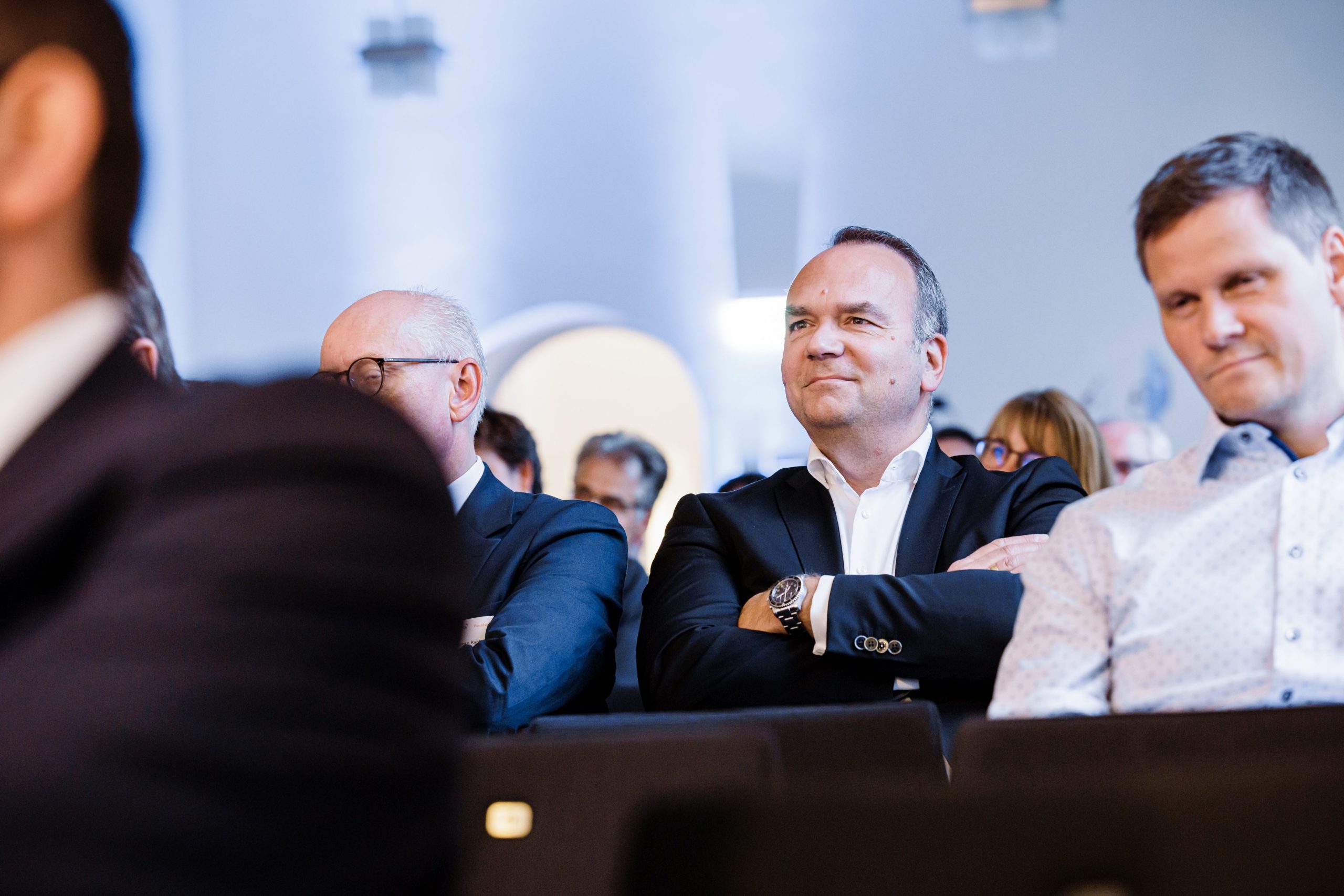
Panel discussion shed light on a range of topics from different perspectives
Following the opening speech by Frank Gredel, Ina Karabasz, Head of Handelsblatt Live, hosted a panel discussion that shed light on the complex topic from different angles. Peter Bauer, CIO at the private digital health insurance company ottonova, and Dr. Philipp Herzig, Senior Vice President and Head of Intelligent Enterprise & Cross Architecture at SAP, were also on hand to answer questions. Peter Bauer told the interested audience about his experiences on ottonova’s journey to becoming a purely digital health insurance company; He also openly addressed the challenges that medium-sized companies in particular are facing in the context of digitalization; From the perspective of one of the world’s leading software manufacturers, Philipp Herzig discussed how he and his team are driving forward the development and implementation of an “Intelligent Enterprise” and developing modern cloud and mobile solutions. According to the IT expert, the topic of sustainability also plays an important role in this, as it flows directly into the architectural basis of new SAP solutions. Frank Gredel gave further valuable tips on how and in which sectors potential savings can be realized and that it is advisable to “think small” by asking all companies what concrete contribution they can make to greater sustainability and climate protection; And be it that company managers quickly start to inspire and sensitize their IT specialists in terms of climate competence.
How are digital works of art created?
After a lively professional exchange, it was time to hand over the stage to contemporary art in representation of the artist Tim Berresheim to take the stage. He bridged the gap between technology, sustainability and art by explaining to the participants his motivation and ideas on how he makes art a digital experience and what fascinates him most about digital art. Berresheim is a contemporary visual artist who began producing panel paintings with the help of a computer as early as 2002; These, which are realized as photographs, screen prints or computer prints, depict scenes that take place in three-dimensional, illusionistic space; His work symbolizes the fact that digitalization is also increasingly finding its way into the art world and works of art are being created that float in space or can be experienced with the help of augmented reality;
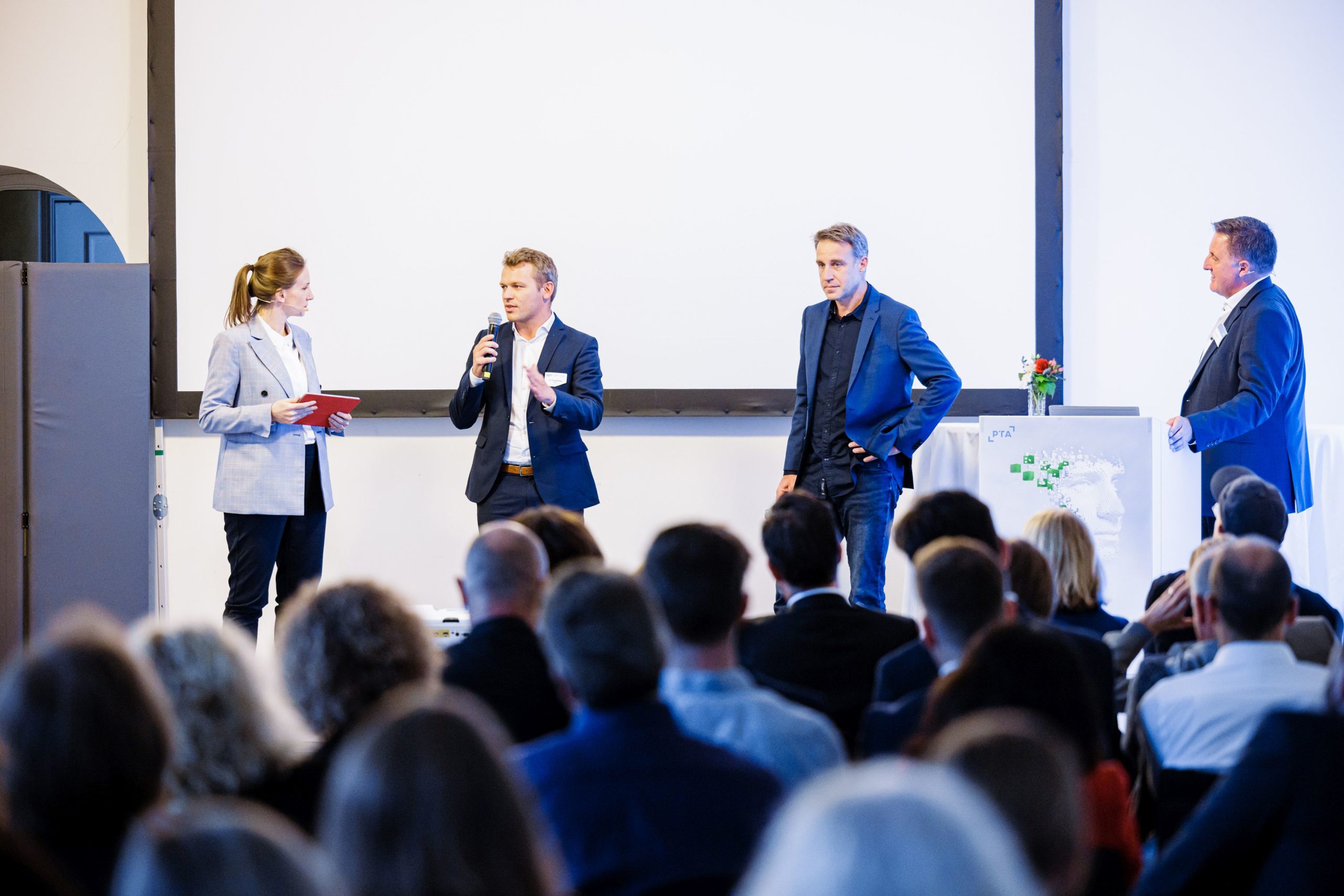
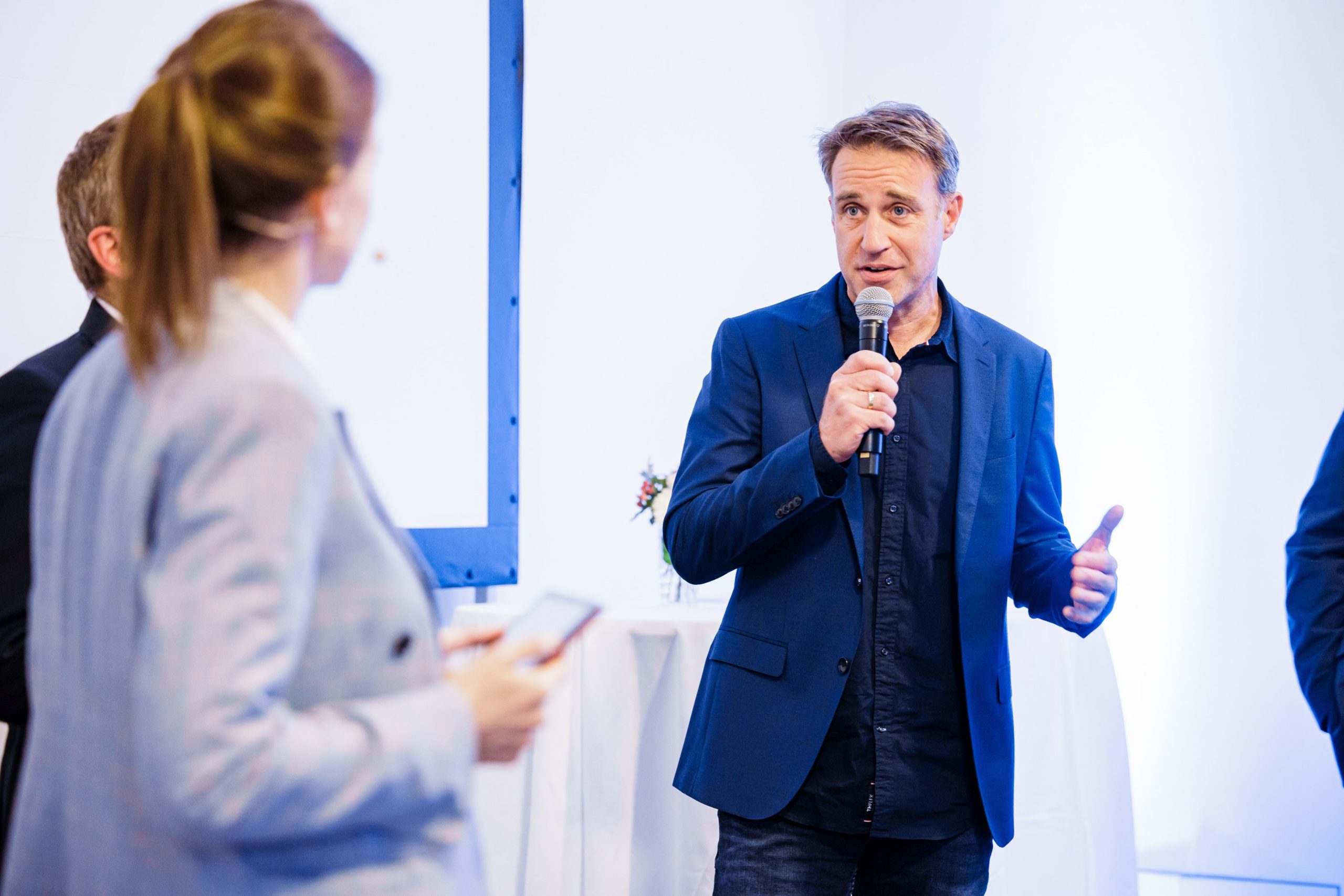
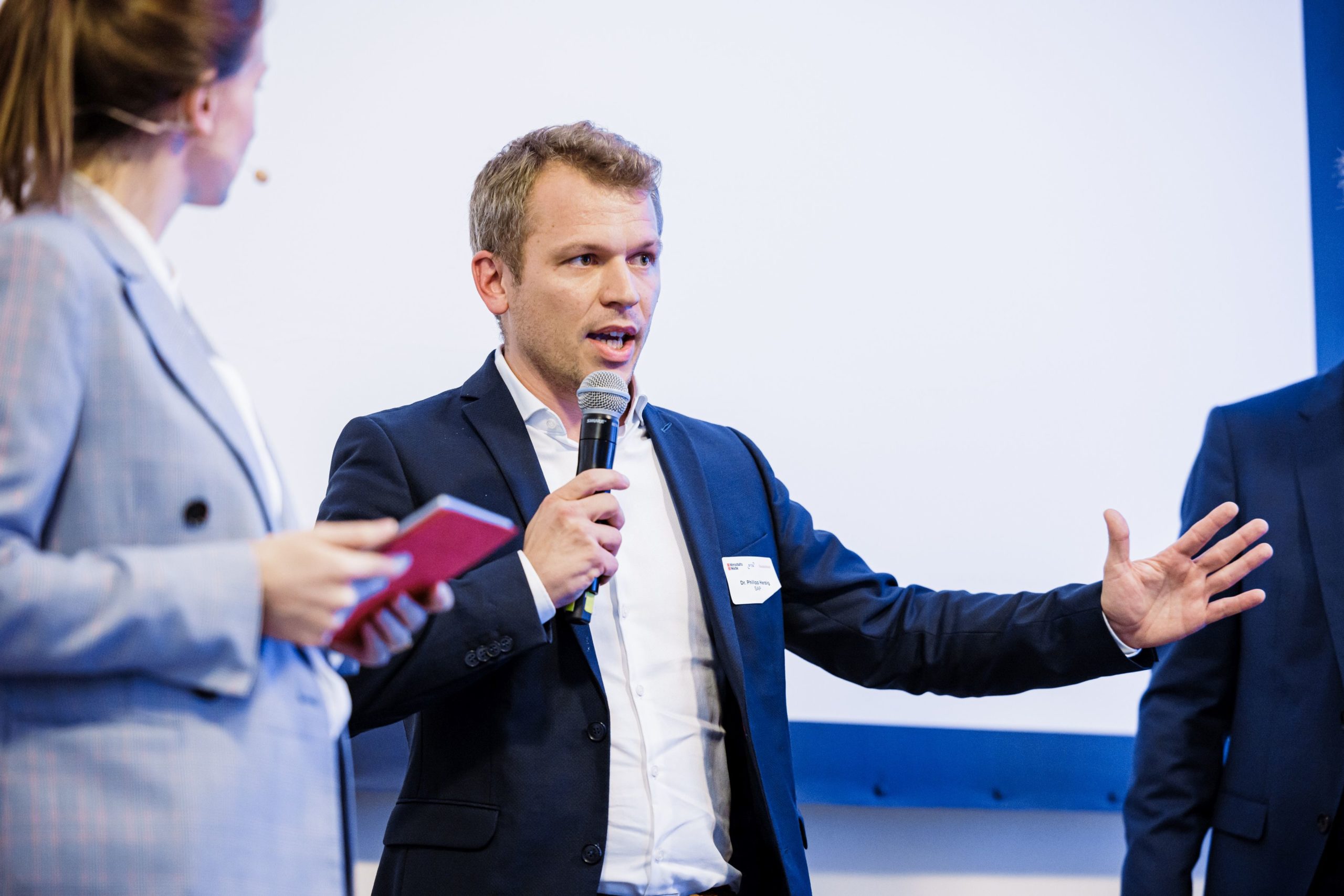
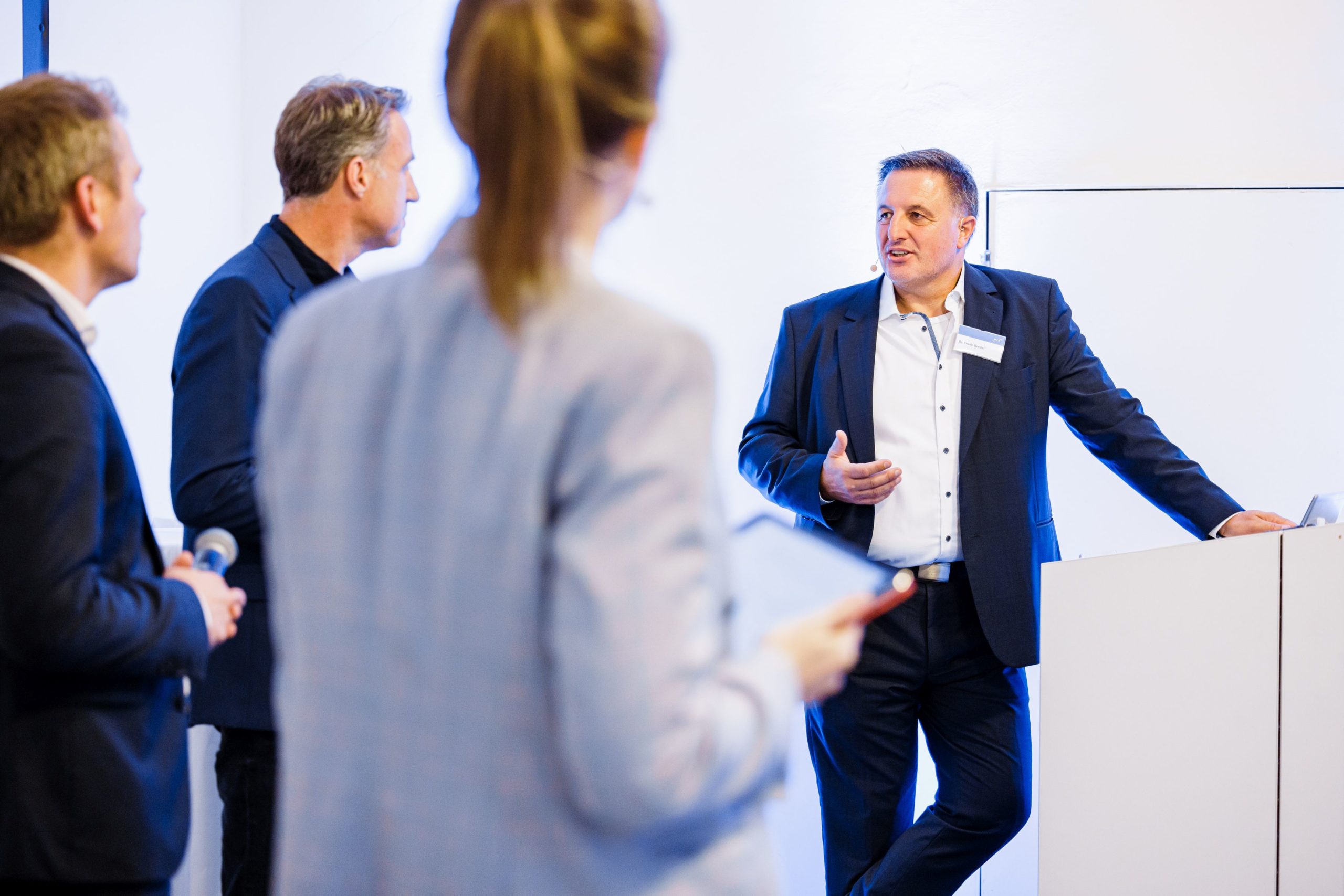
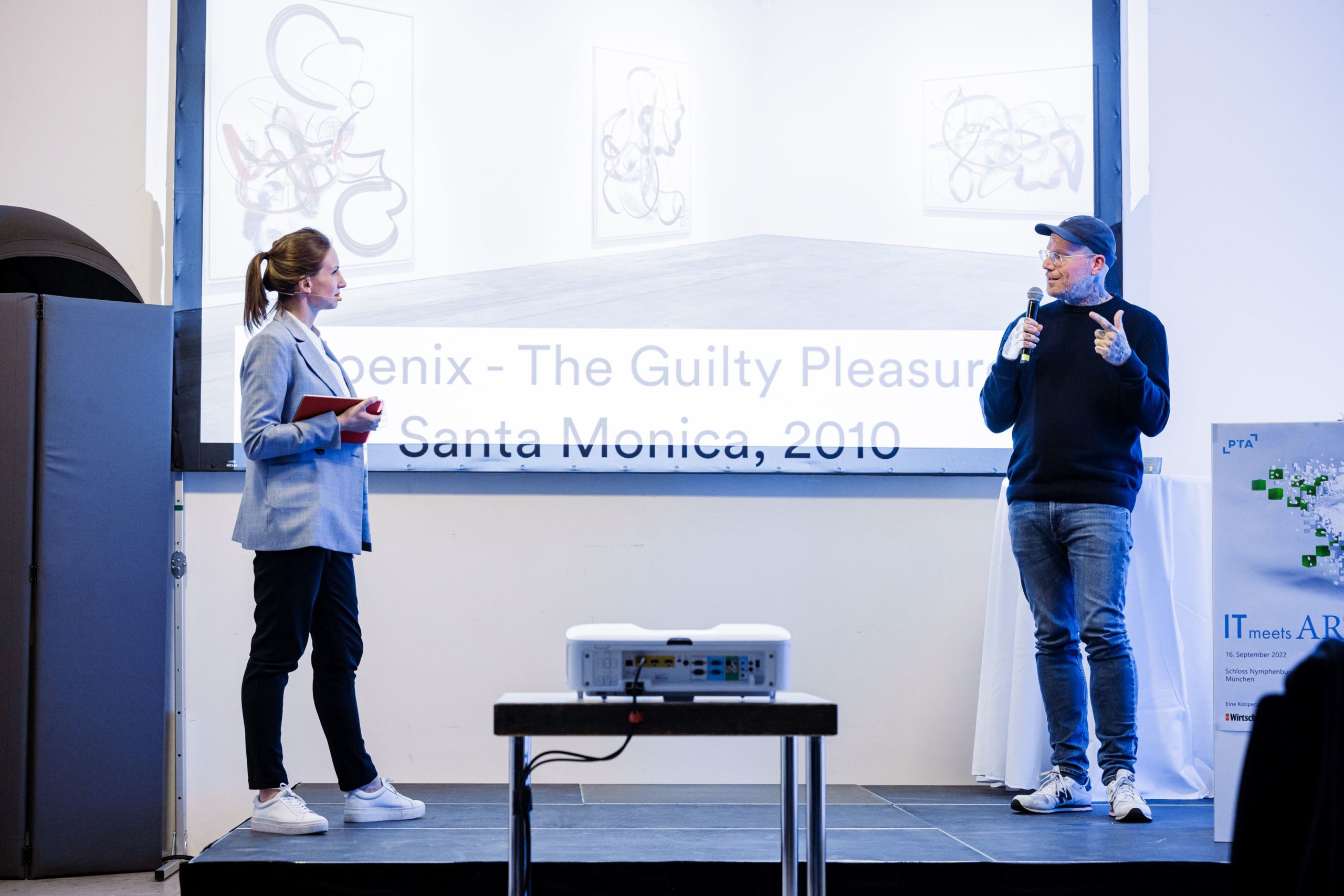
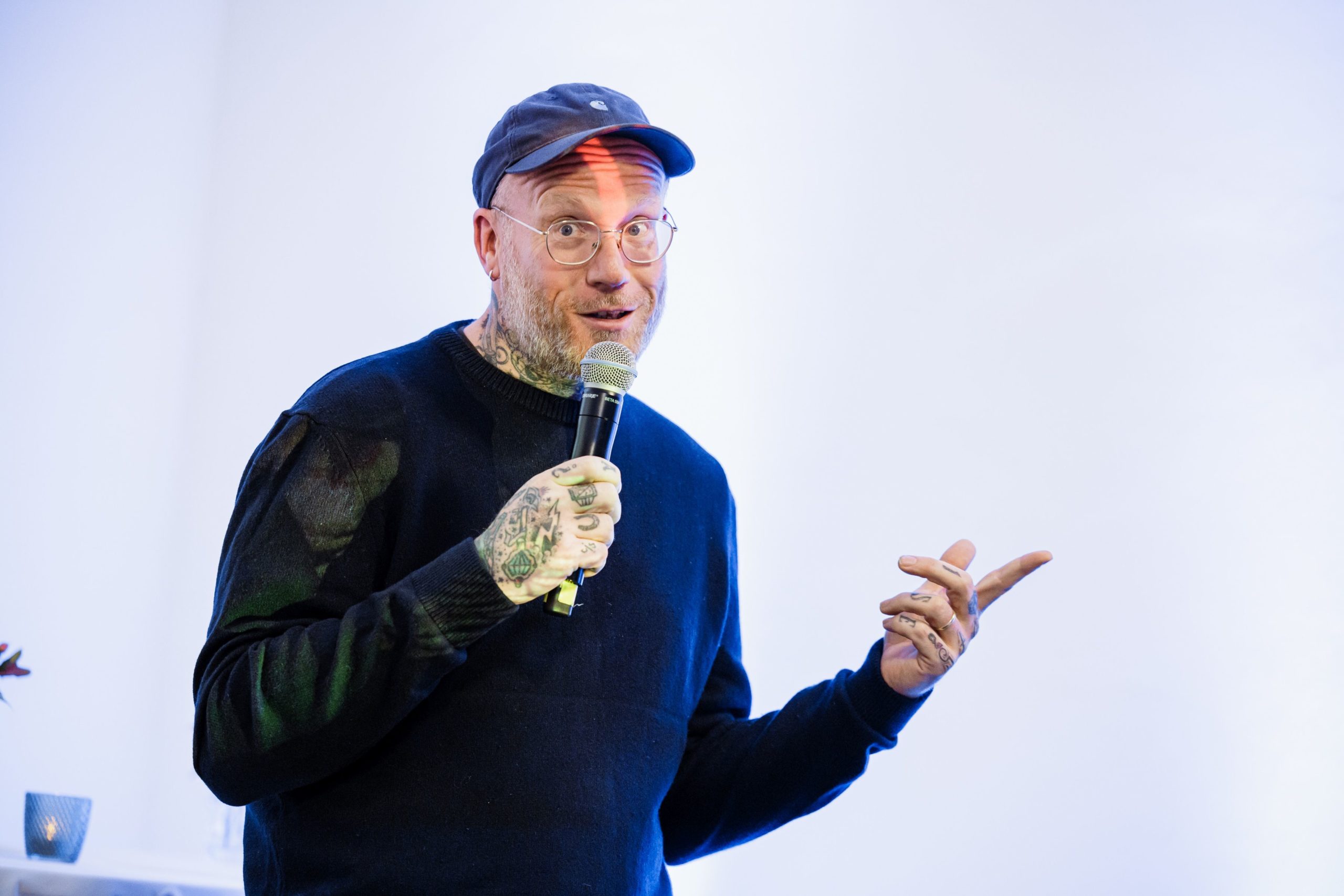
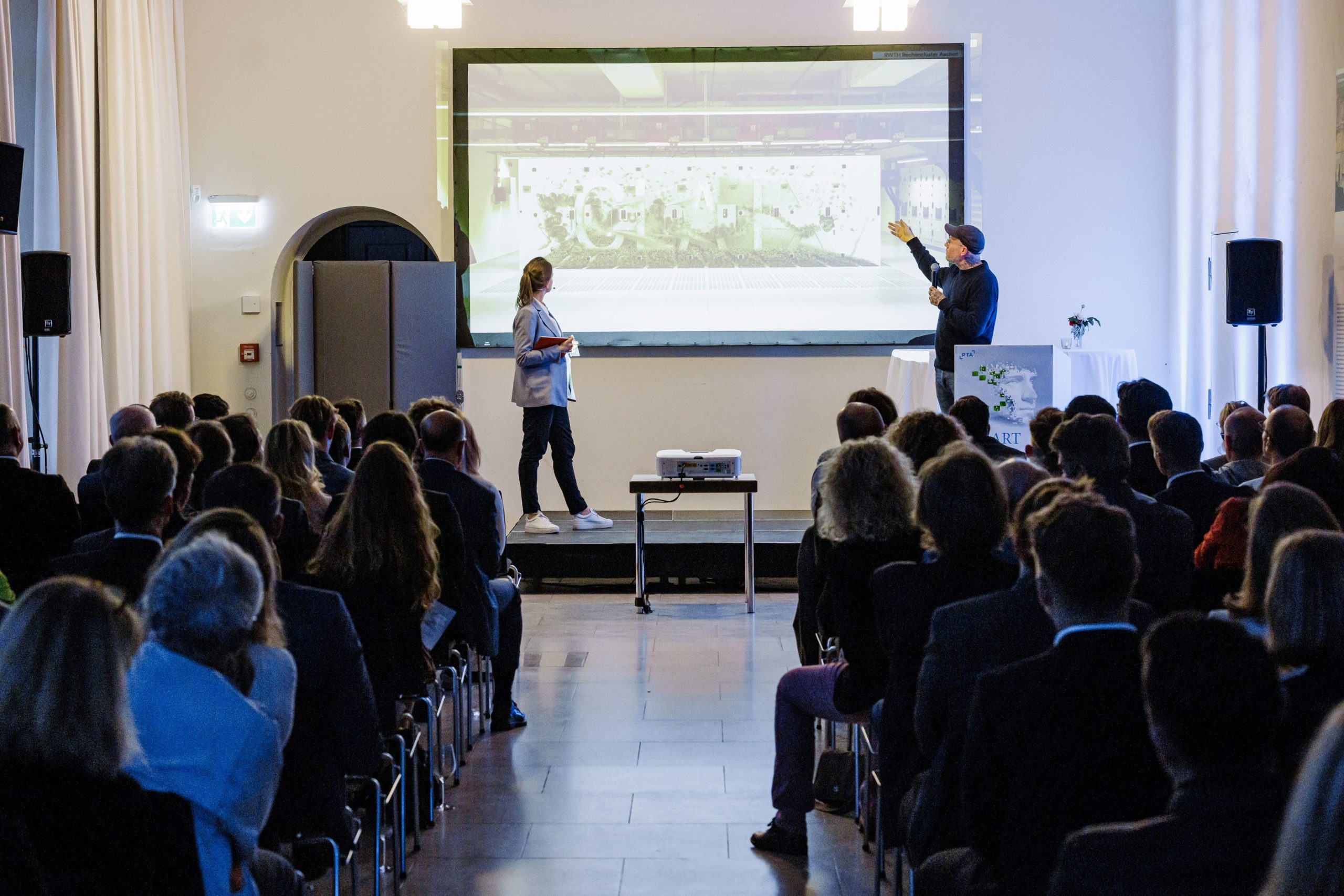
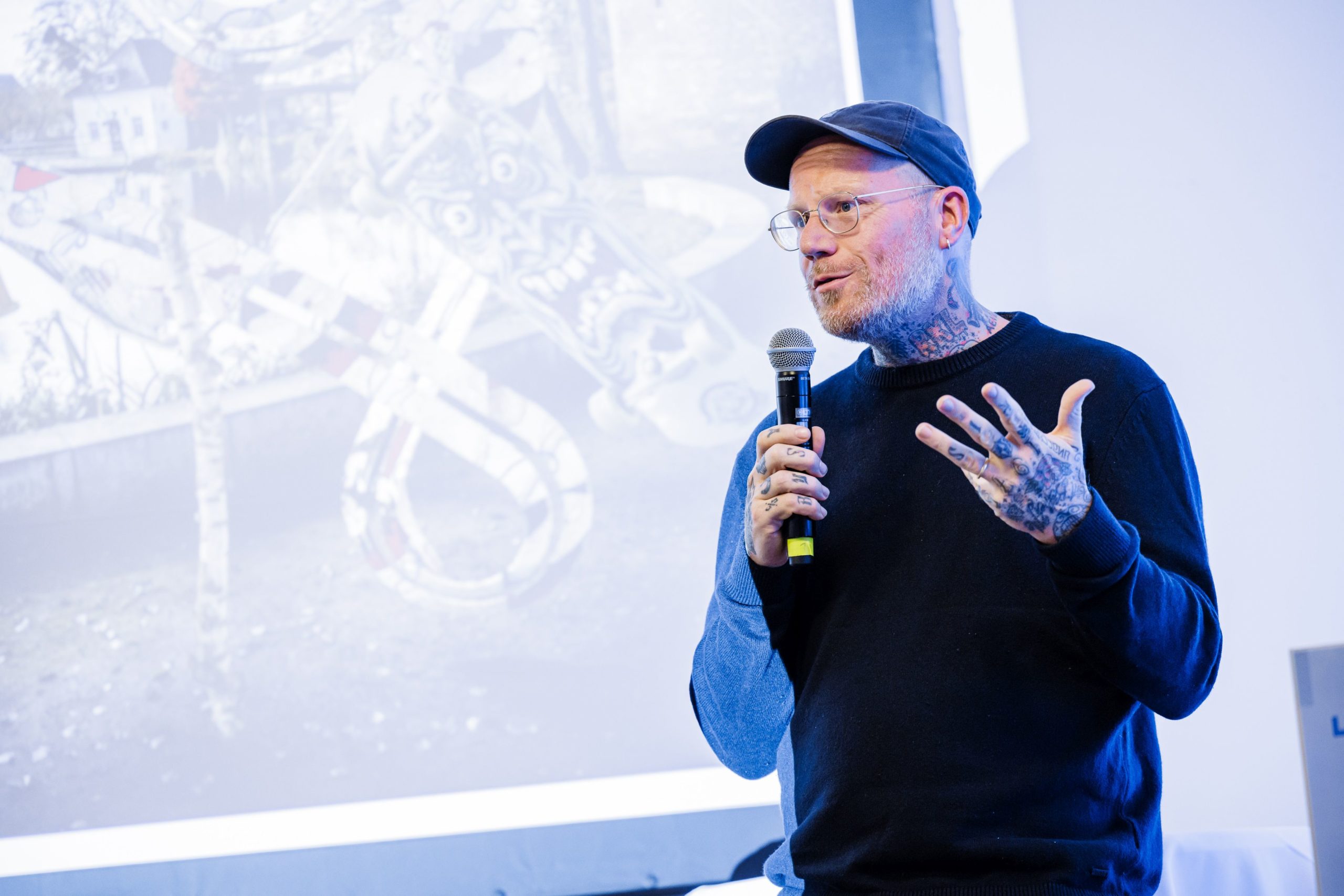
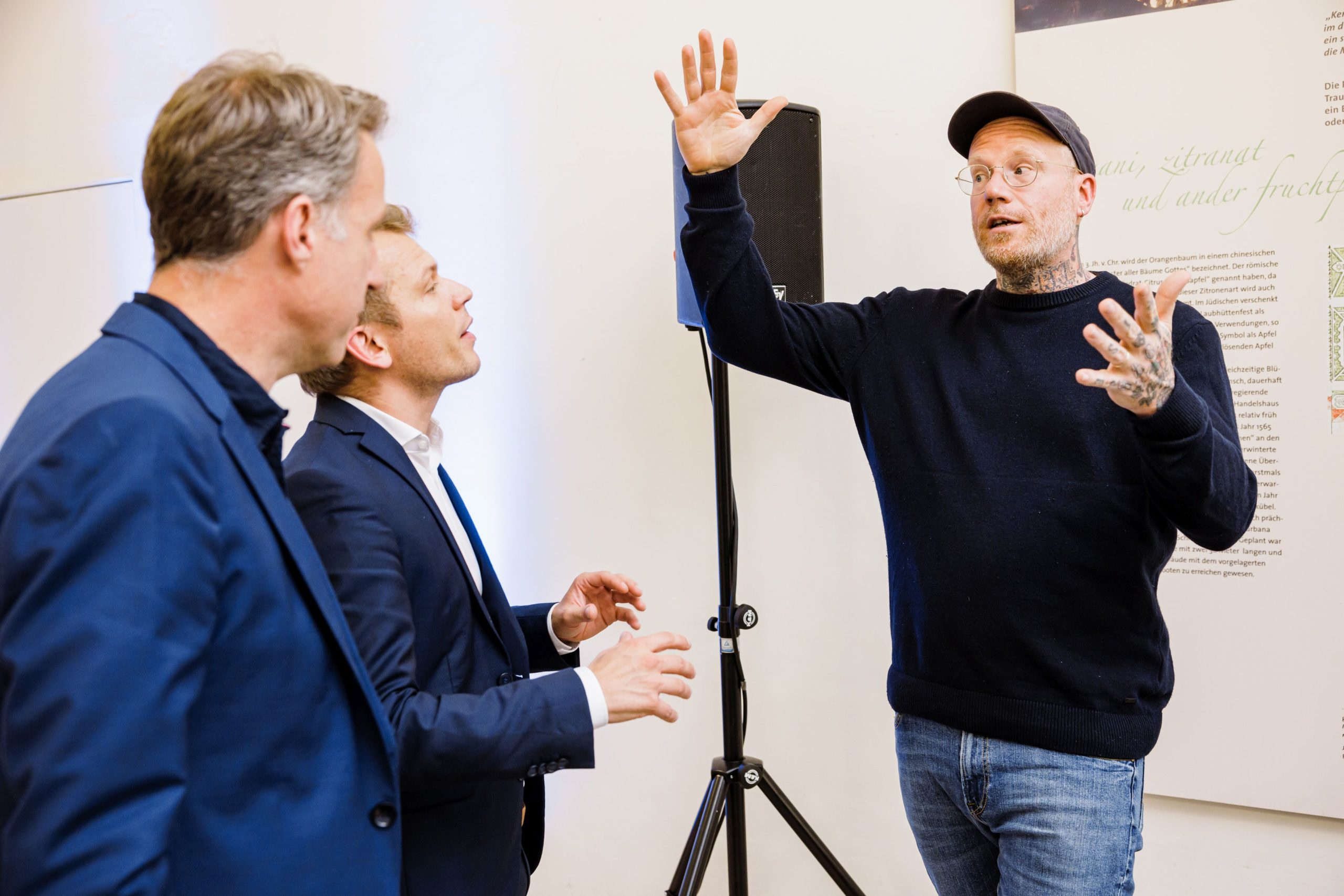
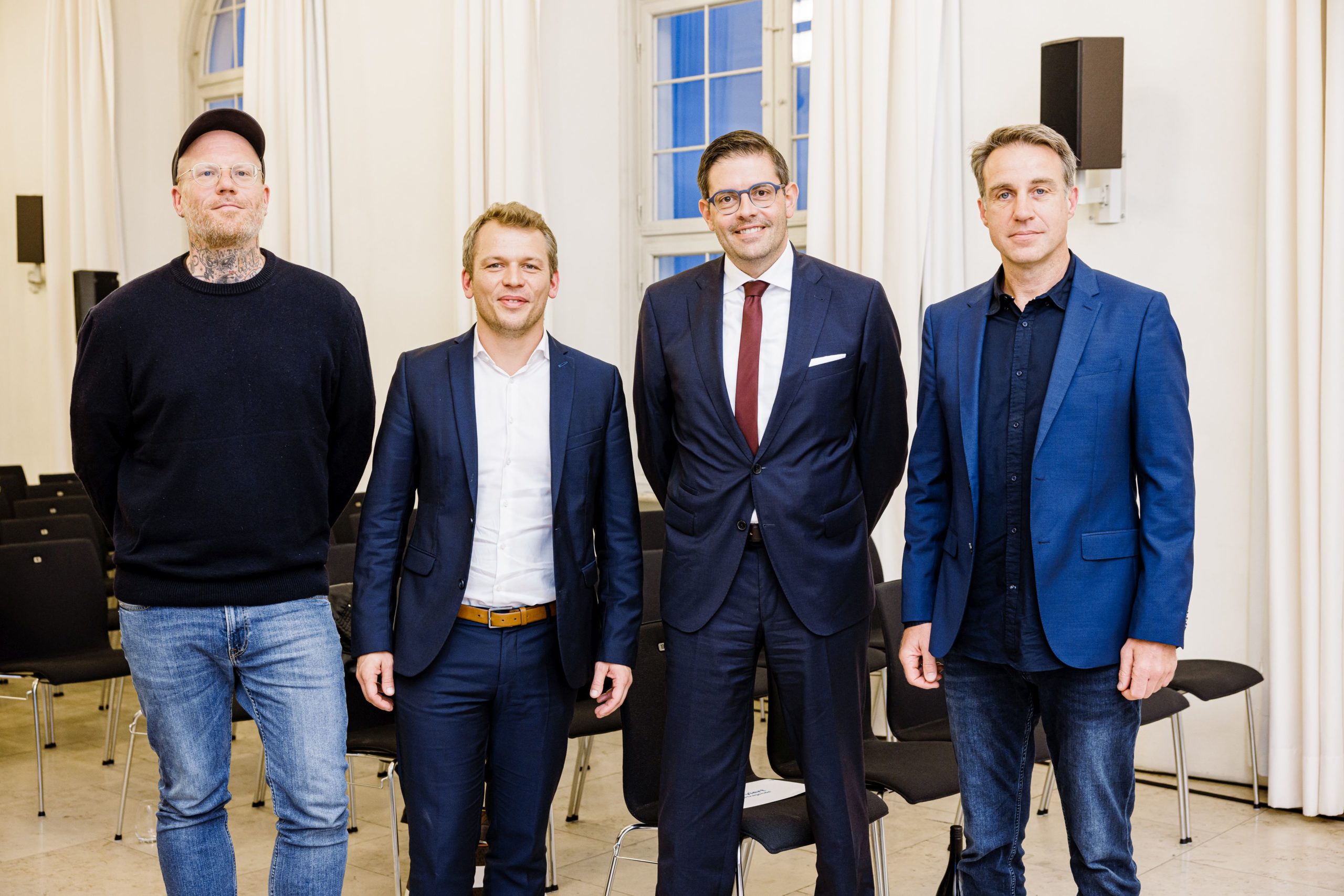
Surprise concert with cello and piano
To the delight and surprise of the participants, they were then treated to live classical music; In the neighboring Johannissaal, the “Duo Alba”, consisting of the cellist Belén Sánchez Pérez and the pianist Hermann Valdez Fregoso, a small, spontaneous concert The young, talented musicians rightly earned the enthusiastic applause of the audience;
IT meets Art was once again very diverse in 2022. It offered the numerous guests exciting insights into important key topics that will shape all of our lives in the future, but also provided interesting impulses on how digitization itself is reflected in contemporary art.
